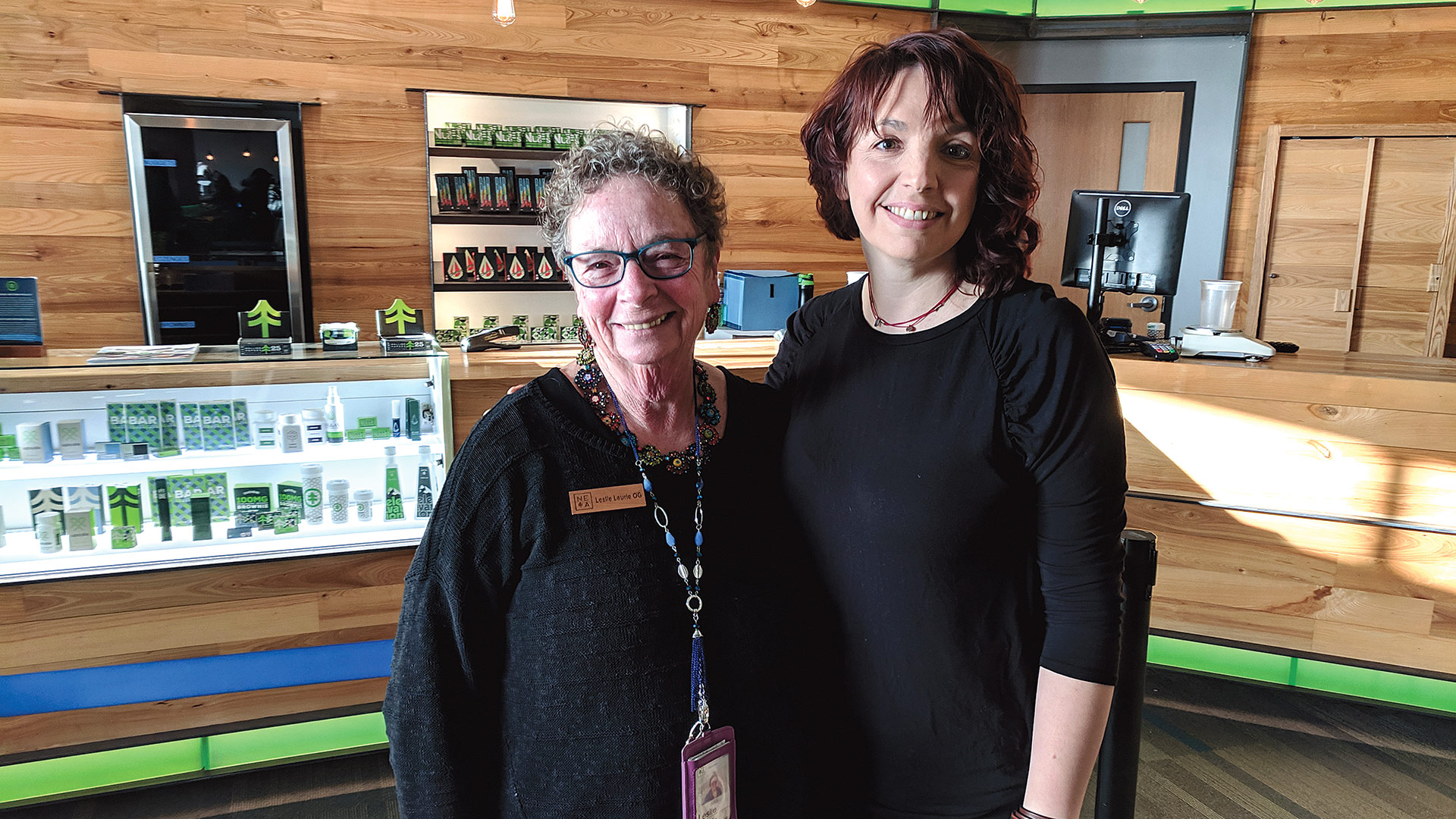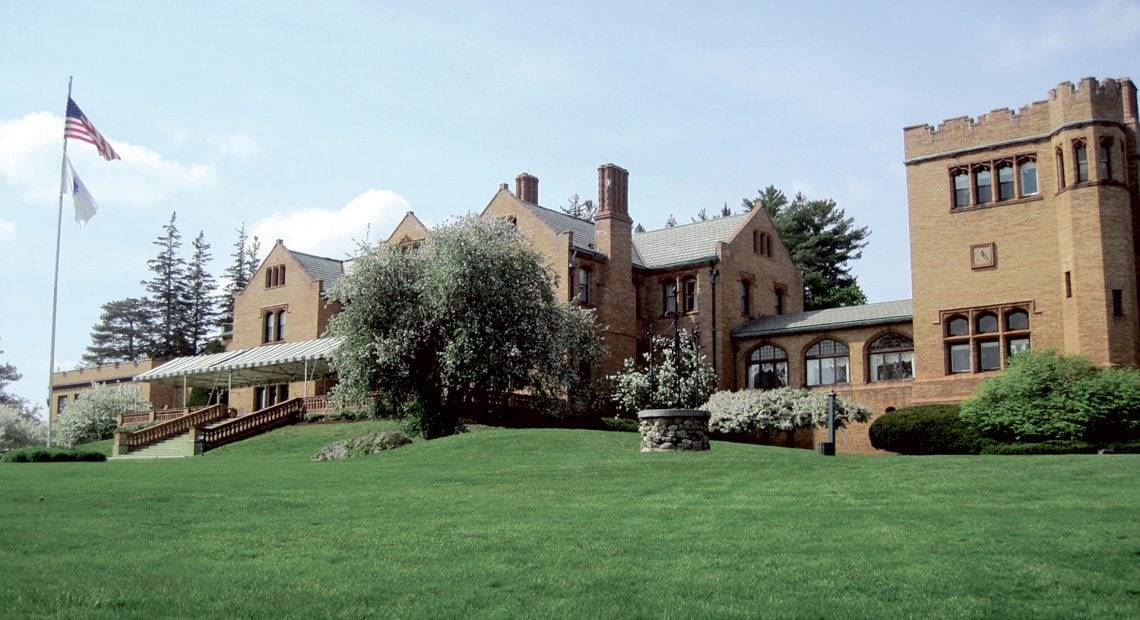Turning the Corner
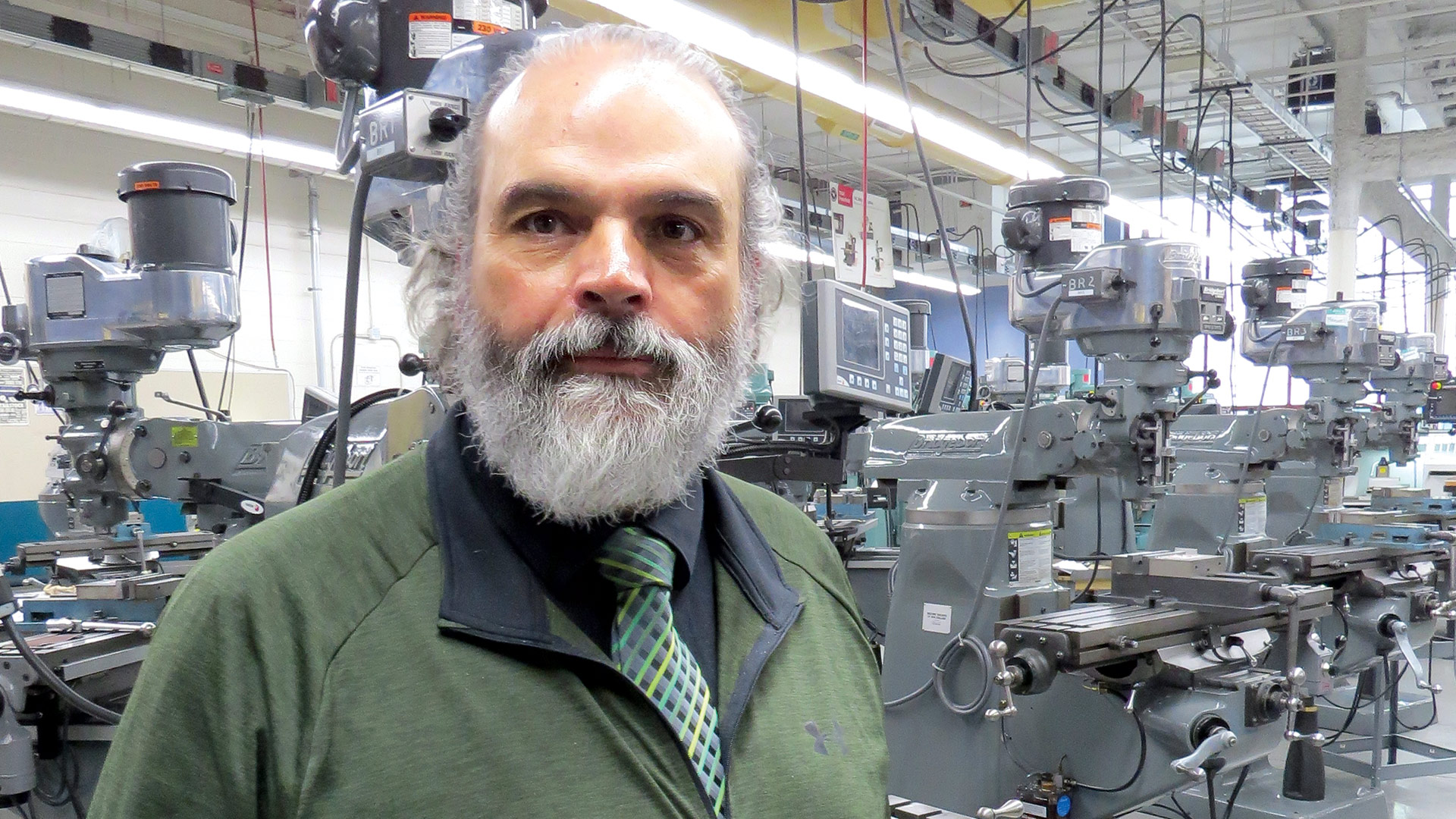
Joao Alves, Chapter 74 Vocational Director at Roger L. Putnam Vocational Technical Academy
It wasn’t so long ago that young people — and their parents — perceived technical schools as a last resort of sorts. But a profoundly changed labor market, a workforce crisis, and a series of investments on the part of the Commonwealth have changed all that. Today, these are increasingly seen as schools of choice because of their blend of academic and vocational programs, and their students are certainly in demand.
Joao Alves has been in and around what is now known as Roger L. Putnam Vocational Technical Academy for the better part of 40 years.
He attended the school, known then as Putnam Vocational High School, in the late ’70s. He started teaching there in the early ’90s, and has been there ever since, now taking the title of Chapter 74 vocational director, which means he’s in charge of making sure the school’s many programs meet established state standards. Over all those years, he has seen what amounts to serious pendulum swings when it comes to vocational education, from his days as a student, when the school’s enrollment was at its zenith and jobs in manufacturing and the trades were plentiful, to those days when he started teaching there, when such jobs were in sharp decline and interest in vocational programs was plummeting.
To … today, when, by all accounts, vocational schools are enjoying a resurgence of sorts — as evidenced by a lengthy waiting list for valuable slots at Putnam and similar situations at other area schools.
Indeed, fueled by a number of factors, from the retirement of Baby Boomers and the resulting infusion of jobs to a huge commitment from the state to meet workforce needs and address a widely recognized skills gap, vocational/technical schools — many of them now called ‘academies’ thanks to rebranding efforts undertaken years ago — are seeing heightened and what appears to be sustainable interest in programs ranging from machine tooling to allied health; from criminal justice to culinary arts.
“What we provide today is opportunity,” Alves said. “Whether the student is going to go out and work tomorrow, as soon as they graduate, or whether they go into the military, or whether they go on to college — they’re better prepared for those options.”
Joe Langone, principal of Westfield Technical Academy, formerly Westfield Vocational High School, agreed.
“There’s been a change in perception about technical schools and the students who attend them,” he told BusinessWest, adding that his school, with nearly 600 students, is at what he called max capacity. “I’m pleased that this has come about, but, sadly, it took a skills gap for people to become aware of what we’re doing, why we’re doing it, and how we’re doing it. All of a sudden, we find ourselves in a situation where people with trade skills are a commodity.
“We’re experiencing great shortages in a number of areas in our region, including healthcare, manufacturing, information technology, and education,” he went on, adding that these shortages result in part from the retirement or Baby Boomers, a trend that will only accelerate as more members of that generation reach their mid-to late ’60s.
David Cruise, president and CEO of MassHire Hampden County, concurred, and said a variety of forces — from those job opportunities to a stronger alignment of the academic and vocational programs at the area’s technical schools — have increasingly made them what he called the “schools of choice.”
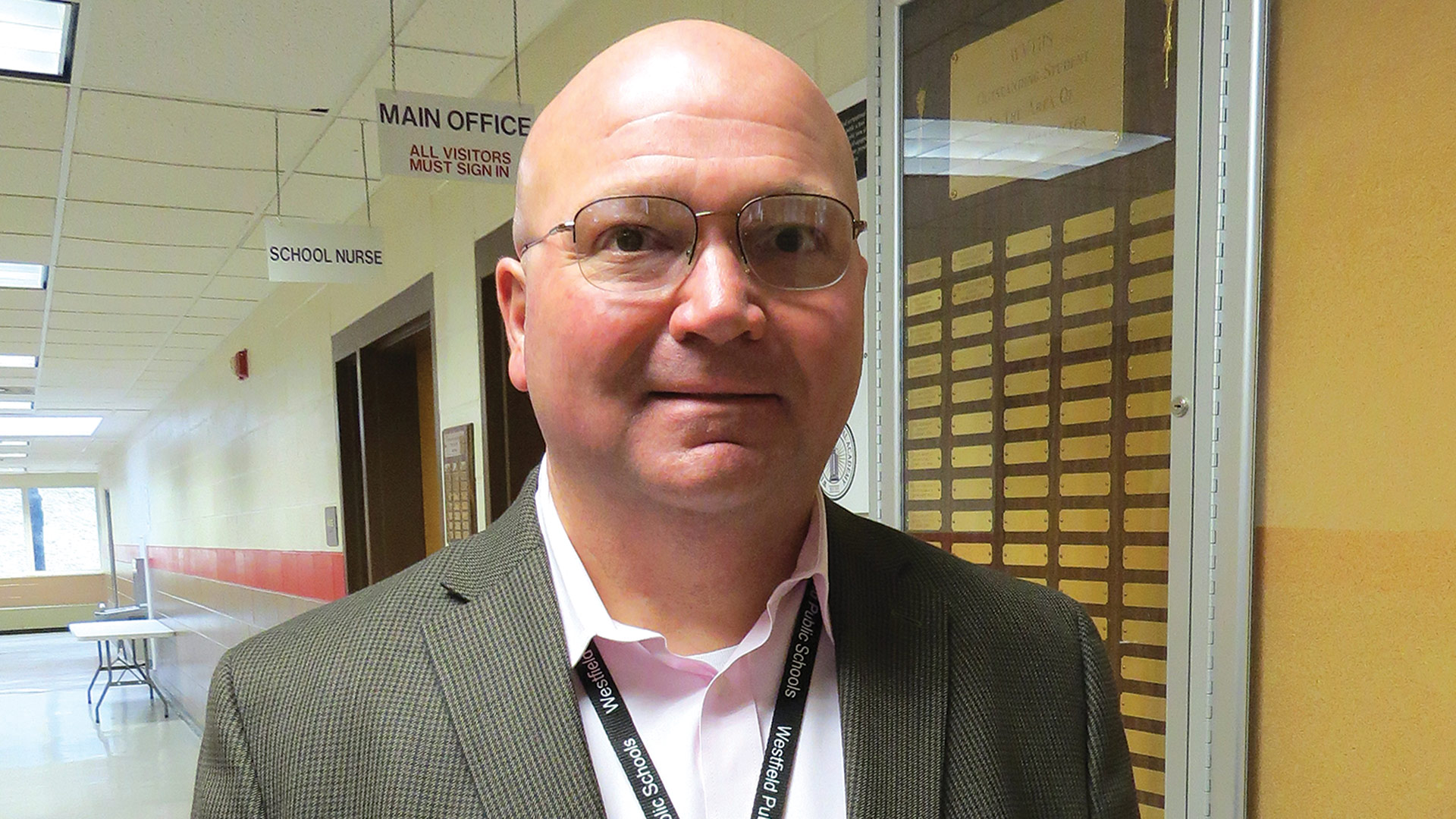
Joe Langone says that, in today’s challenged workforce climate, technical-school graduates have become what he called a commodity.
“Over the past several years, both employers and parents have come to understand the importance of both college and career,” he explained. “And they find that the vocational/technical high schools offer a pretty robust academic program, but also prepare students with skills they either take to the labor market after graduation or pursue two- or four-year degrees. And with today’s labor market, where supply is in relative short supply across most industries, the value of a vocational/technical high-school education, which was always valuable, is now even more so.”
Langone said his school, like others, is responding to needs and concerns within the workforce with curriculum changes, new and updated equipment — often funded with help from community partners, including businesses that hire graduates — and new programs designed to help create a pipeline of workers for specific industry sectors.
“There’s been a change in perception about technical schools and the students who attend them. I’m pleased that this has come about, but, sadly, it took a skills gap for people to become aware of what we’re doing, why we’re doing it, and how we’re doing it. All of the sudden, we find ourselves in a situation where people with trade skills are a commodity.”
As an example, he cited his school’s Aviation Maintenance Technician program, created specifically to address the needs of companies like Gulfstream and Rectrix Aerodrome Center, located near Westfield’s Barnes Municipal Airport (more on that later).
And there may be more new programs and expansion of existing ones through a new line item in the state budget called the Career Technical Initiative. Proposed by the Baker administration, it calls for leveraging current vocational assets across the state to expand to three shifts of training per day — many currently have two, with night programs for adults looking to be trained or retrained in a vocational skill.
Cruise said the initiative would allow traditional high-school students, including many now on those aforementioned waiting lists, the opportunity to access vocational programs after school, between 2 and 5 p.m.
The goal is to add an additional 20,000 skilled technical workers to the workforce over the next four years, said Cruise, adding that such initiatives are certainly needed as companies search, often in vain, for workers, and the so-called ‘gray wave’ of retiring Baby Boomers gains intensity.
For this issue and its focus on Manufacturing and the Trades, BusinessWest takes an in-depth and how and why these institutions became the schools of choice and also at how they are helping to address the state’s workforce needs at this critical juncture.
Current Events
It’s called “Tiger Talk: In the Flow with Rob and Joe,” with Joe being Joe Langone and Rob being Rob Ollari, Student Services director at Westfield Technical Academy.
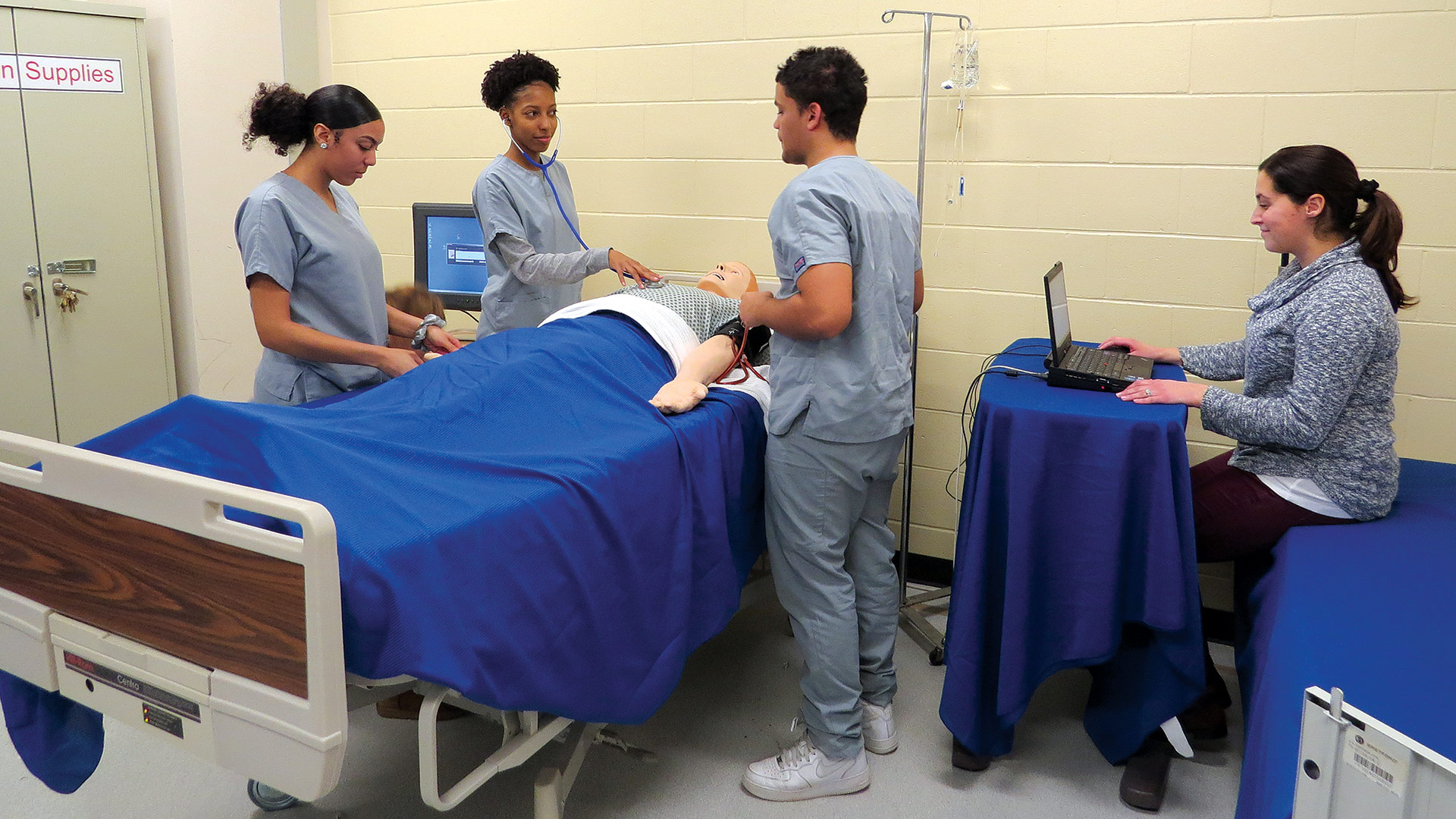
Students are seen in the Allied Health program at Roger L. Putnam Vocational Technical Academy, one of 22 programs at the school.
This is a weekly, hour-long show on Westfield Community Radio (WSBK) that features the two in studio talking about all things at the school — from the sports teams, nicknamed the Flying Tigers, to recent and upcoming events. But a good deal of that hour is spent taking to students about the programs they’ve chosen and why. On the Jan. 23 show, for example, they had several guests, including 10th-grader Caitlyn Carter, enrolled in the Electrical Wiring program. That’s not where she thought she’d be, as she told them candidly.
“I did not want to go into electrical wiring at all — I came here for either for culinary or automotive,” she explained, adding that she eventually chose the technical school over Westfield High, even though all her friends went to the latter, because she considered it the better option considering her ultimate goal — to become a Marine. “I was going to join automotive, because my grandfather knows everything in automotive. Then I thought, ‘electrical sounds pretty cool; let’s try that.’”
She also talked about the technical school being the better ticket to a good-paying job and how she was attracted to several of the non-traditional, or ‘non-trad,’ programs, as Langone called them, meaning those that have been traditionally (hence the term) dominated by men, or, in the case of Allied Health, women.
The program is one of several initiatives undertaken to build interest in technical programs and Westfield Technical Academy in particular, said Langone, and collectively they seem to be working.
“I remember my parents speaking about it, saying, ‘you have to go to college, you have to go to college, you have to go to college.’ I don’t recall anyone saying why were supposed to go to college, but that was sort of the golden rule.”
Indeed, the traditional period for applying for Westfield Vocational Academy — early spring — hasn’t really begun, but already the school has received more than 120 applications; it will only admit roughly 150.
That is one sign, amid many others, of the growing popularity of vocational programs, said those we spoke with, all noting that this represents a sea change from the way things were years ago.
For some perspective, Alves turned the clock back to 1993, when he came back to Putnam to teach, specifically in Metal Fabrication, Sheet Metal, and Welding. Actually, he went back further to when he was a student.
“When you came to this school, you knew there was work out there,” he recalled. “The connection was great; from school to industry was a good pathway, a clear pathway.”
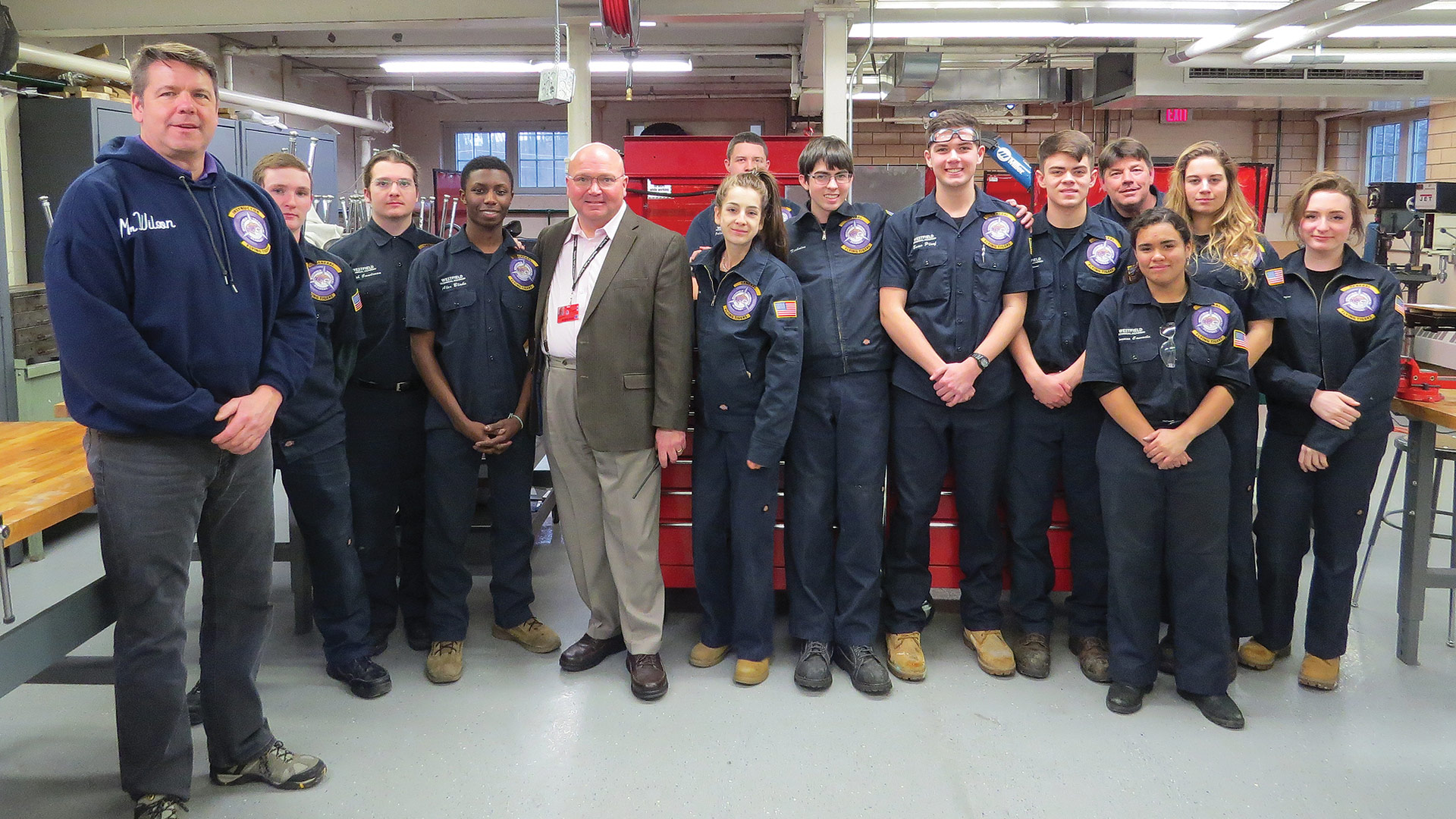
Joe Langone, seen here with students and instructors in Westfield Technical Academy’s Aviation Maintenance Technician program, says it is now one of the most popular programs at the school.
Things were much different when he returned. “A lot of the bigger manufacturers had left, and the construction economy was very slow,” he told BusinessWest. “What I found was that the students were still focused on coming here for a trade — that was still the buzzword; you came to Putnam to work with your hands — but what I found was that, on the flip side, the jobs just weren’t there, so the numbers started to go down. We weren’t getting the same numbers of students, and some of the ones who were coming were not as focused because they didn’t think they were going to be able to get a job.”
Langone has similar recollections from when he attended Cathedral High School back in the mid-’80s.
“Back in those days, the perception, and I’m not sure how true it was, was that the highest-performing kids in Springfield went to Cathedral or Classical,” he said. “Things started to scale down from there, and Putnam was always viewed by my peers and from my parents’ generation as the point of no return; that’s where you went as a last resort. The perception was that if someone wasn’t going to be successful anywhere else, they at least might have a shot if they had a trade.”
Those sentiments were fueled by the common presumption by his parents — and by most in that generation — that, to get ahead, one had to go to college.
“I remember my parents speaking about it, saying, ‘you have to go to college, you have to go to college, you have to go to college,’” Langone recalled. “I don’t recall anyone saying why were supposed to go to college, but that was sort of the golden rule.”
Building Momentum
Back in the ’90s, Putnam struggled, Alves recalled, noting that it was the first of the state’s vocational schools to be labeled as ‘non-performing,’ thus requiring a turnaround plan, which was drafted — and executed.
“With a lot of hard work, a lot of good planning, and a lot of good people, we were able to change the image of the school,” he said, adding that these efforts were aided greatly by both a changing job market and the construction of a new Putnam.
“Parents and students started believing in the school again, and students started to come back,” he recalled. “And now, they’re performing at a higher level; they’re going on to be engineers, and if they’re in the health track, where traditionally they would go on to be RNs and LPNs, now they’re saying, ‘I can go on to be a doctor.’ And this helped attract more students.”
Today, Putnam, with 22 technical programs, ranging from Auto Tech to HVAC; Robotics to Graphics; Carpentry to Machining, is well-positioned to train people for a technology-driven economy, said Alves, and students (and their parents) are responding.
Indeed, enrollment is now roughly 1,200, not what it was when Alves was a student himself, but much higher than it was only a decade ago. And there are probably 300 to 400 people on the waiting list, a number that grows larger each year.
A somewhat similar pattern was followed at other vocational schools, and today, converging trends have the schools at or approaching capacity and looking for ways they can accommodate more students.
For starters, with the ever-rising cost of a college education and the often-crippling burden of college loans — Langone said he’s 53 and still paying off loans from his advanced-degree work — some are rethinking that golden rule. Meanwhile, as Cruise said, and others hinted strongly, the technical schools are now often considered a first, best option for many as they look to enter or re-enter the workforce.
This change, as noted, didn’t come overnight, but rather over the past 20 years or so, said Alves, adding that Putnam and other technical schools took a number of proactive steps to change perceptions and boost enrollment, including new programs and, in some cases, some rebranding and use of that word ‘Academy.’
But, as Langone noted with some regret, it took the skills gap and its very visible impact on the state’s economy, and especially its manufacturing and healthcare sectors, for these schools to gain the full appreciation they now enjoy.
Meanwhile, investments made by the Commonwealth have certainly helped these schools enhance existing programs and add new ones.
Langone said Westfield Voke has received more than $500,000 in grants over the past few years for its Aviation Maintenance Technician and Manufacturing programs, and more than $100,000 for that aforementioned Electrical Wiring program, in part to offer training to adults in the evening. It has applied for additional grants for its Culinary and Allied Health programs and is currently awaiting word.
The State of Things
As noted earlier, the state, recognizing the demographic patterns and hearing employers’ desperate pleas for qualified help, has made significant investments to counter those trends. The so-called Workforce Skills Cabinet (WSC) and its seven regional teams have worked together to design and implement a number of strategic initiatives that include:
• $67 million in capital skills grants awarded to the state’s technical schools covering some 230 training programs, supporting an additional 12,500 students;
• The Career Pathways Initiative, which aligns high-school curriculum to priority industries; the program has created 170 new pathways and attracted $4 million in philanthropic funding to complement state funding;
• The Workforce Competitiveness Trust Fund, which has awarded $12 million in fiscal years 2019 and 2020 to retrain more than 1,560 individuals for employment in careers prioritized by WSC blueprints; and
• The Workforce Training Fund (WTF), which has awarded $10.7 million to upskill nearly 7,000 workers at 119 companies in priority sectors.
These investments have helped create a number of new programs, such as the Aviation Maintenance Technician program in Westfield, now among the most popular programs at that school, said Langone, adding that the first cohort of seniors from that program graduated last spring.
It was created specifically to address the workforce needs of the aerospace-related companies at Barnes, specifically for airframe and power-plant mechanics — “the outide and the inside of the airplane,” as Langone called it — and, thus, it is a good example of how the area technical schools are responding to emerging needs.
Interestingly, many of the recent graduates didn’t go to work at Gulfstream or Rectrix. Indeed, most went on to attend college.
“Only half of those 11 kids are interested on going to work as air-frame or power-plant mechanics,” he explained. “The other half are using it as a springboard to other aviation-related career clusters; I have a graduate who’s attending the University of Kansas at Wichita for Aviation Engineering. I have some others going to Bridgewater State for Airport Management.
These are examples, and there are myriad others, of how going to technical high school no longer means not going to college, said Langone.
Alves agreed, noting that many of Putnam’s graduates, perhaps half by his estimate, go on to attend two- or four-year colleges that will enable them to broaden their career opportunities in their chosen field.
“A lot of our students come here with a bigger picture in mind,” he said. “They come here for health, but not just to be a nurse — maybe, as I said, to be a doctor. Some come here for the HVAC program, but not necessarily to be a HVAC technician; they may aspire to be a mechanical engineer. A good portion of our students have that in mind from the get-go.”
If there is one challenge for area tech schools, and it’s one they couldn’t have foreseen 20 or even five years ago, involves infrastructure and capacity. Indeed, many industry sectors — again, manufacturing and healthcare are at the top of the list, but there are others as well — are calling for more skilled graduates, but the schools are at capacity.
“I wish I could take more, but our facility is maxed out for space and also maxed out when it comes to my ability to add more programs,” said Langone. “There are some technical programs I’d love to add, but I have no place to put them.”
Cruise said the Career Technical Initiative, as proposed by the Baker administration, will help address this problem by giving more individuals, including adults looking to be trained and students on those waiting lists, an opportunity to receive some training in a specific field.
Work in Progress
Returning to that Jan. 23 episode of “Tiger Talk: In the Flow with Rob and Joe,” Carter talked about she has some job interviews coming up — several of them, in fact — with companies she hopes to work for over the summer and perhaps land a co-op opportunity with later.
Those co-ops, traditionally for students in their junior years, often lead to permanent, well-paying jobs after graduation.
This is what Alves and Langone meant by ‘opportunity.’ And it’s what they meant when they talked about preparing students for whatever they wanted to do after graduation.
And it goes a long way toward explaining why there has been an attitude adjustment when it comes to the region’s technical high schools. u
George O’Brien can be reached at [email protected]




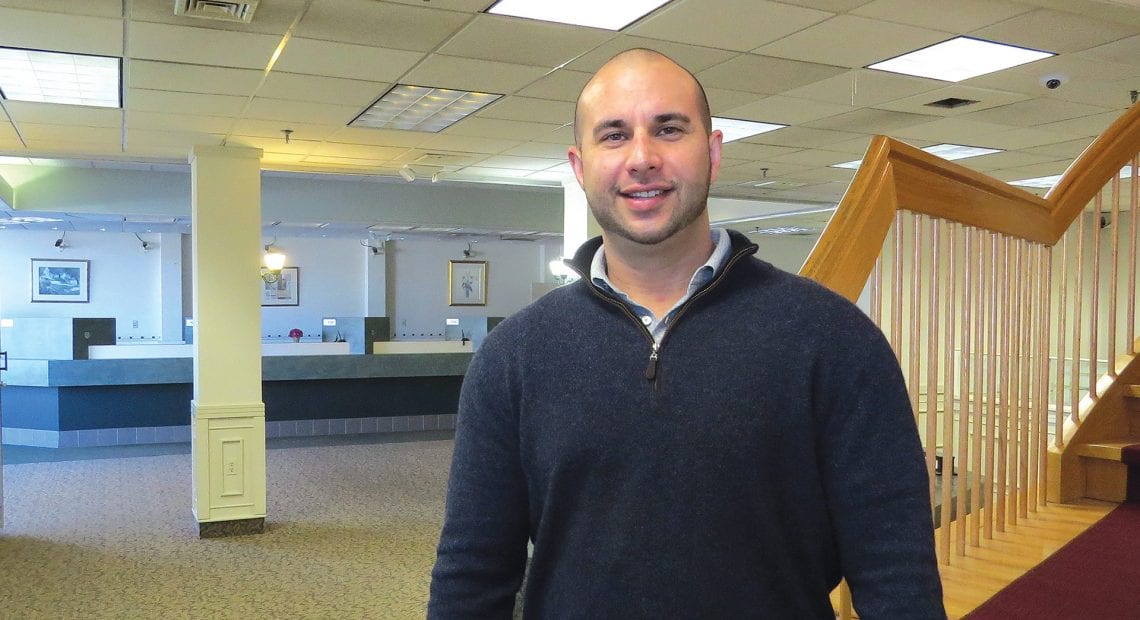
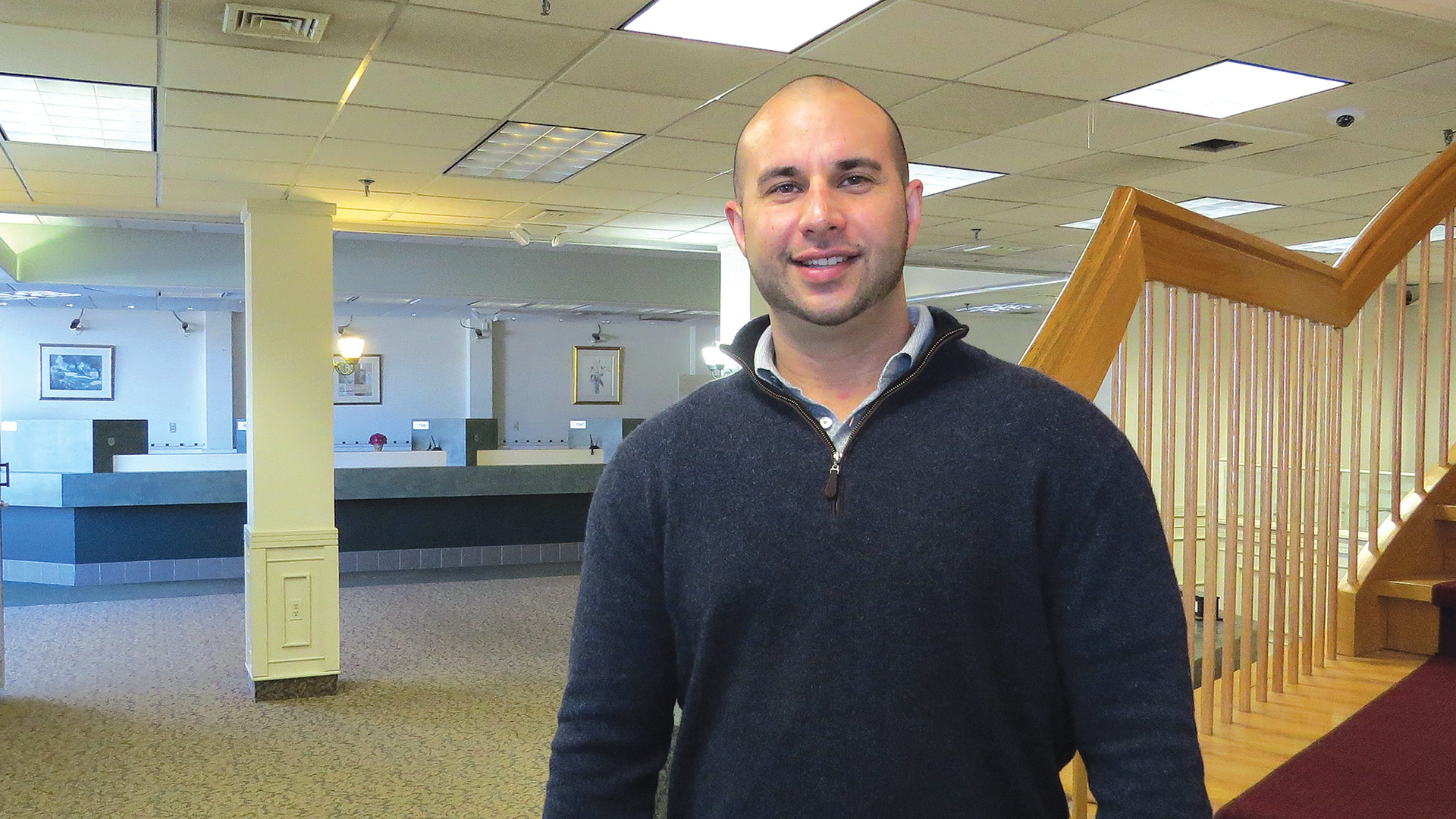


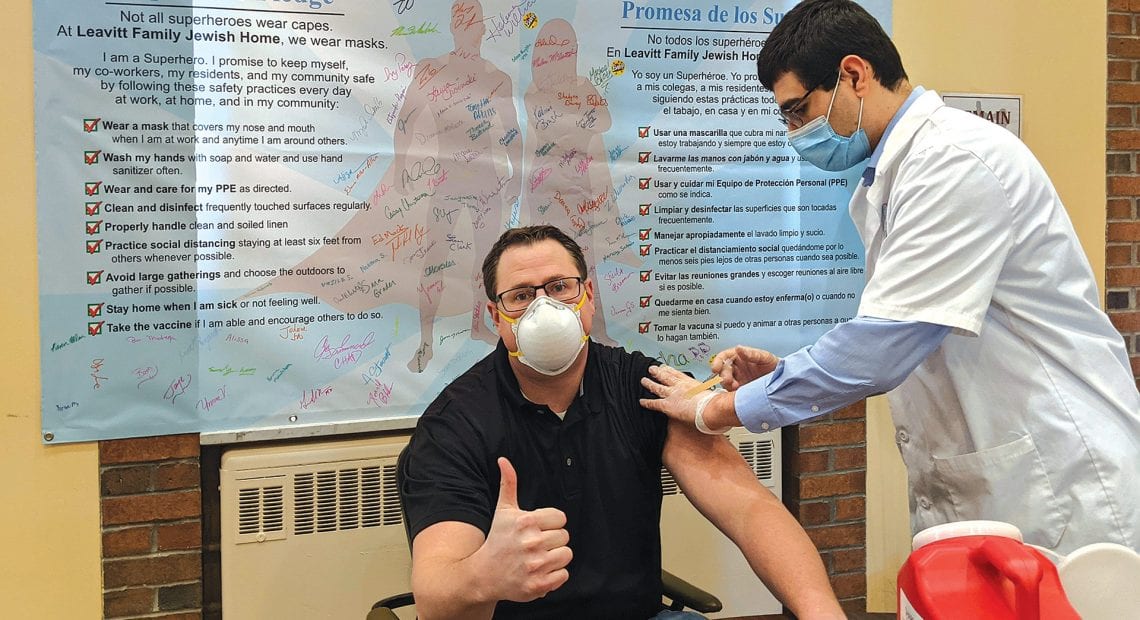
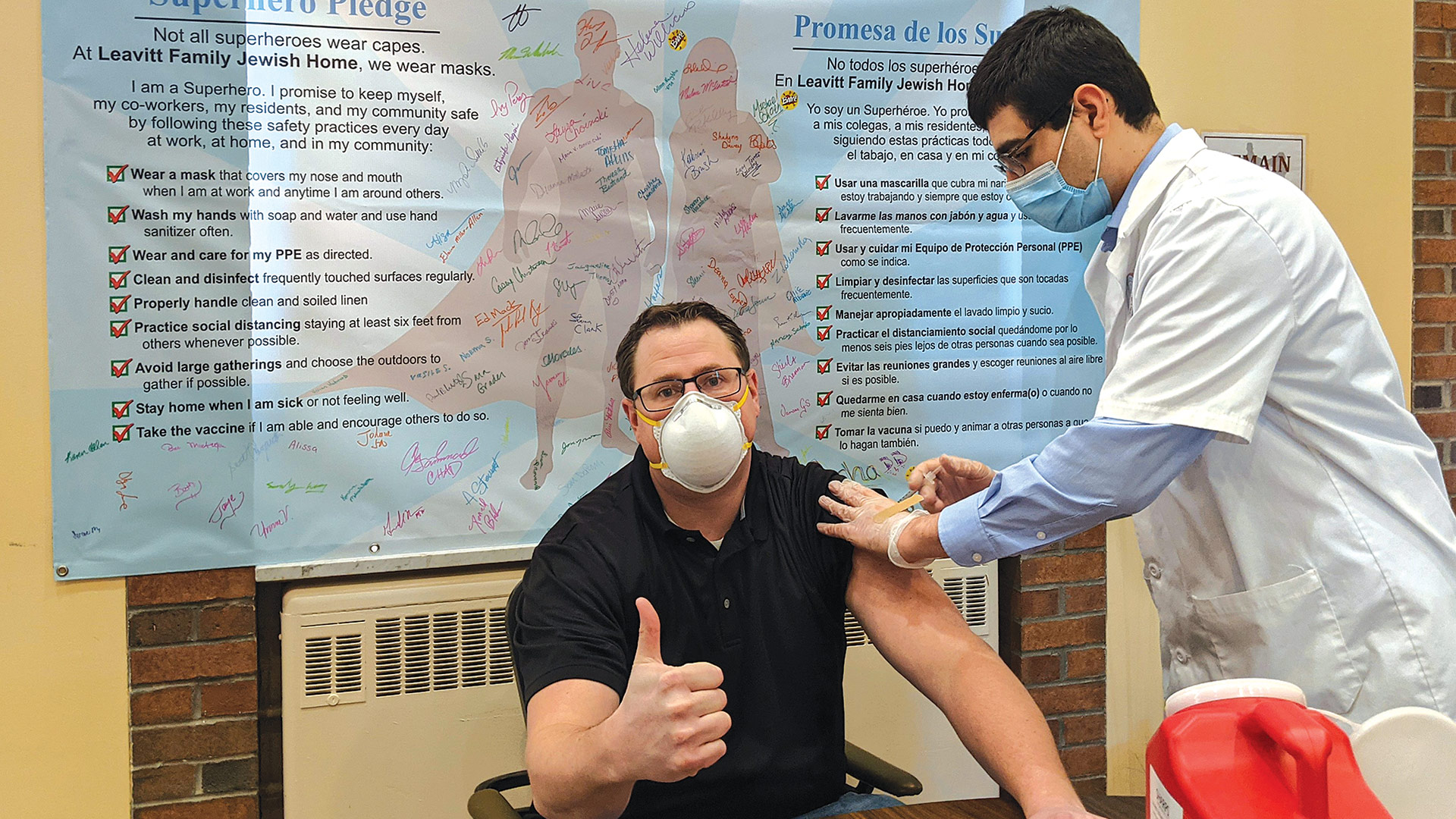

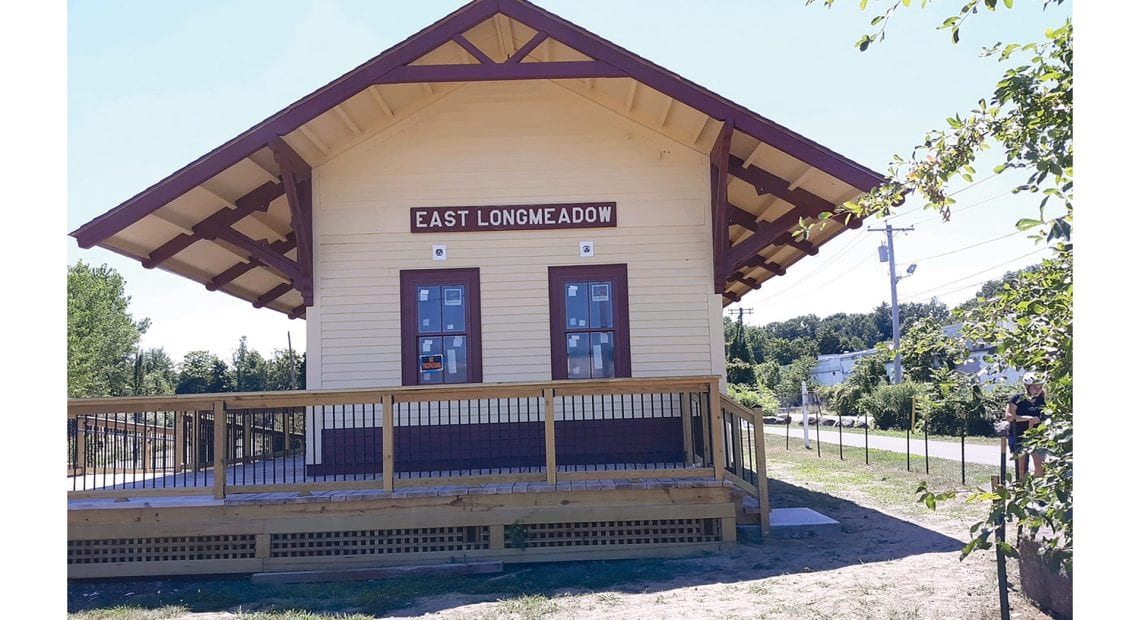
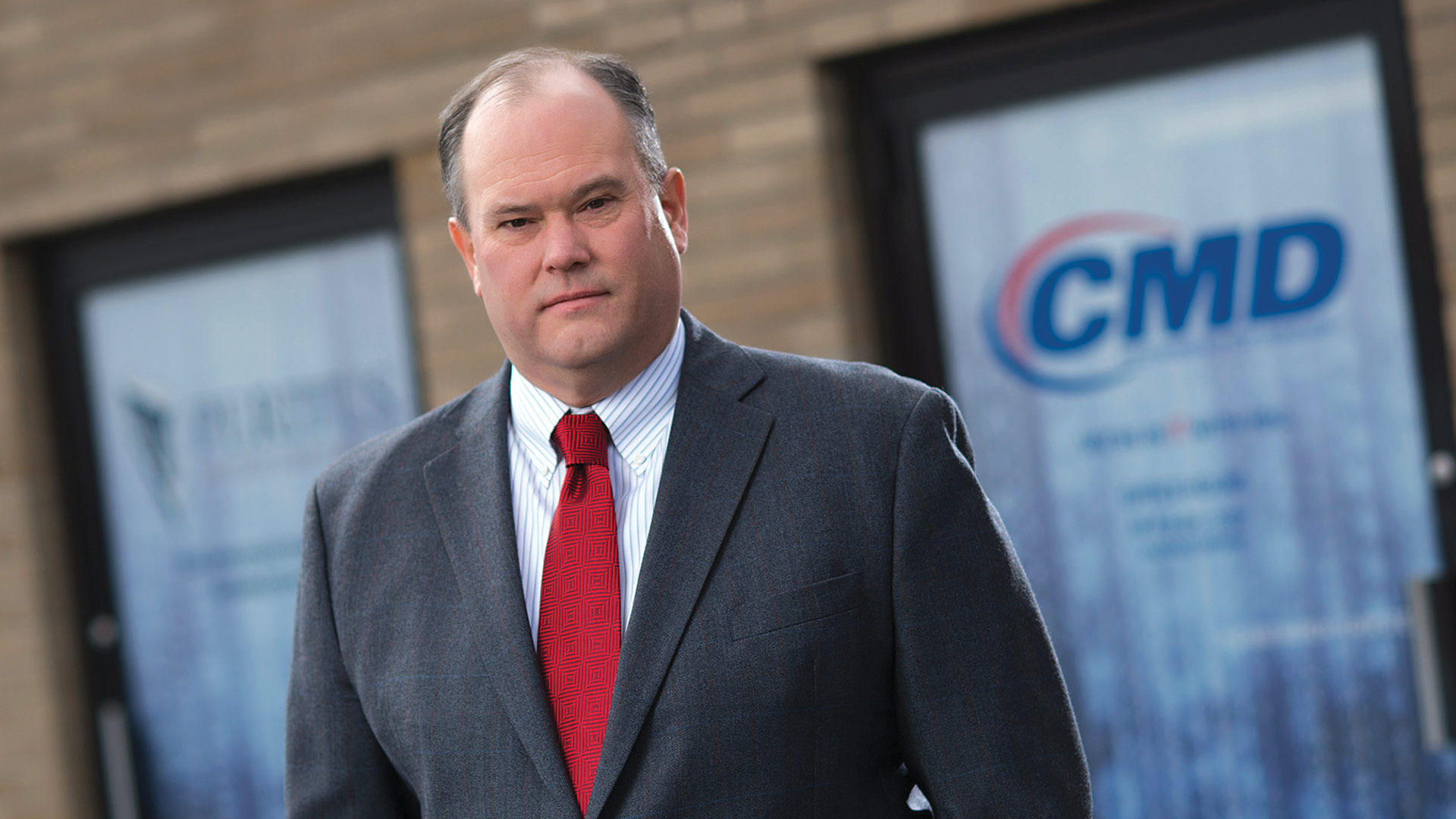

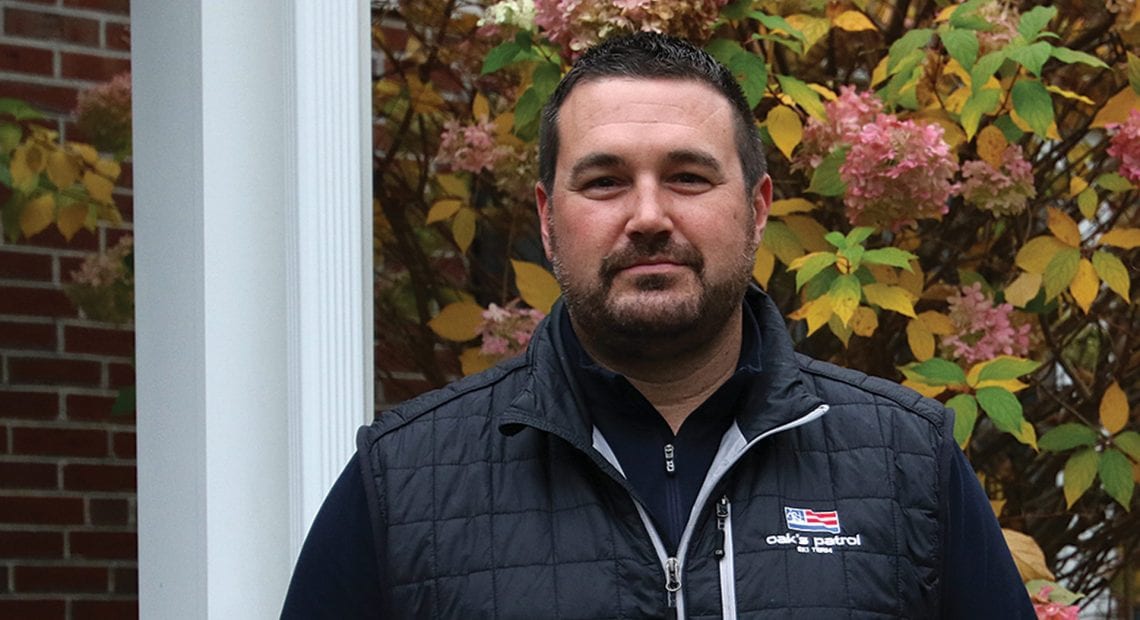
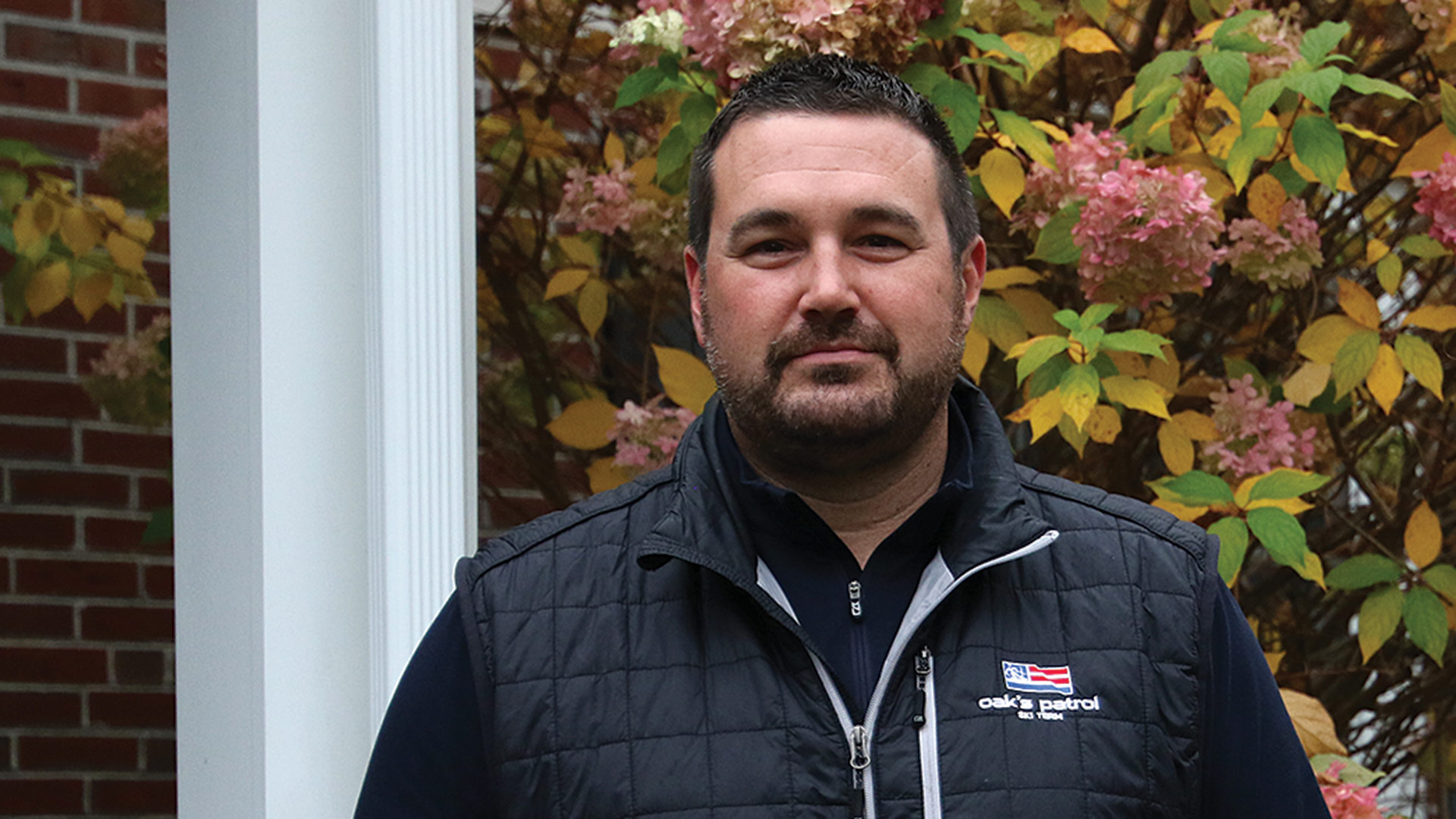
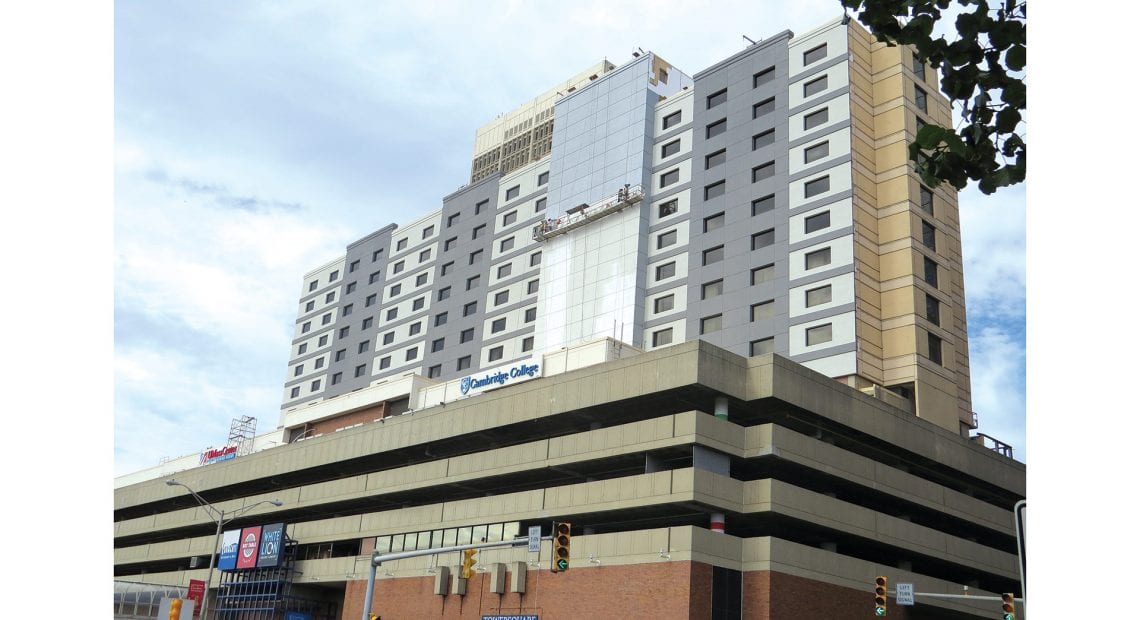
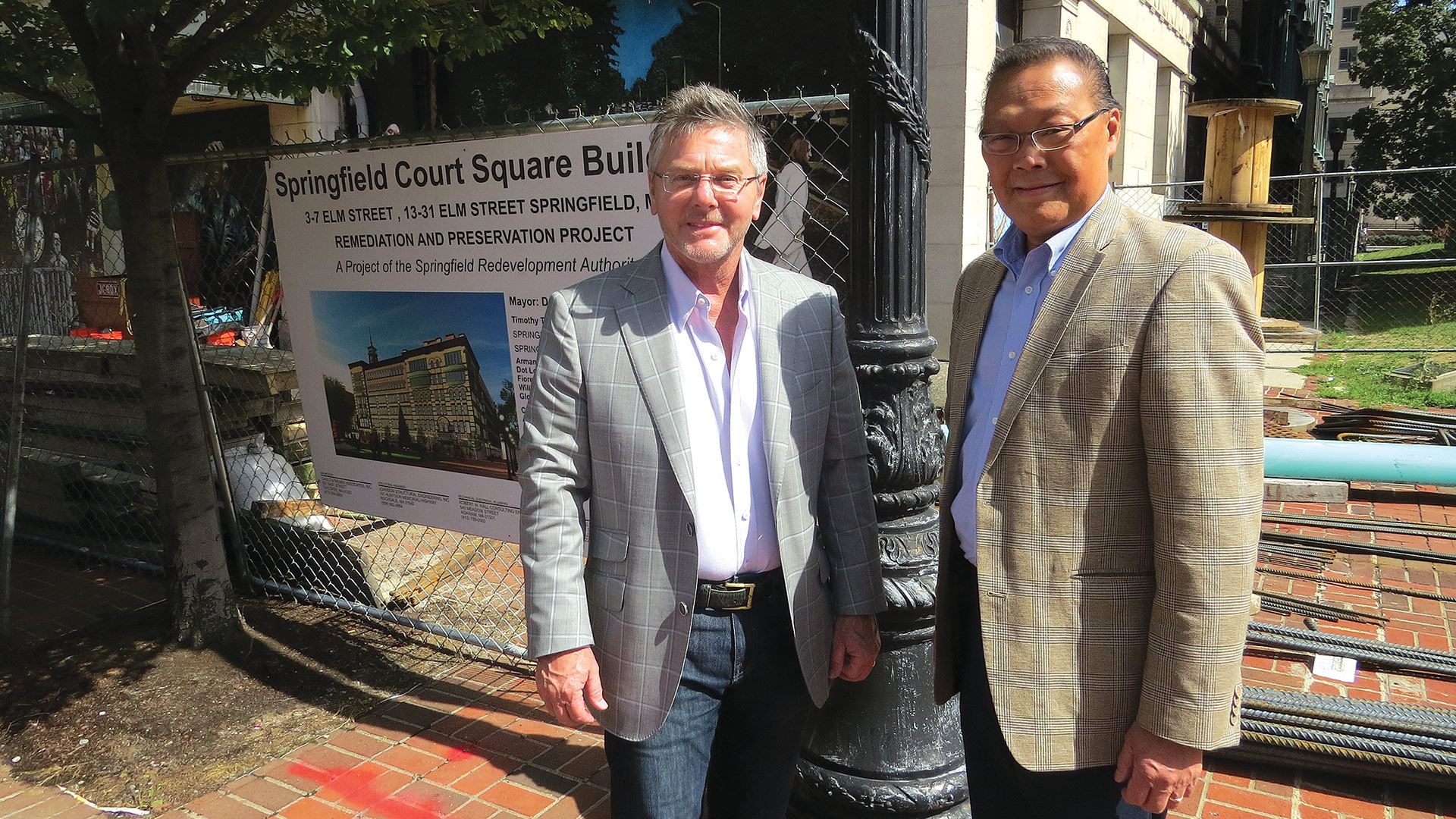

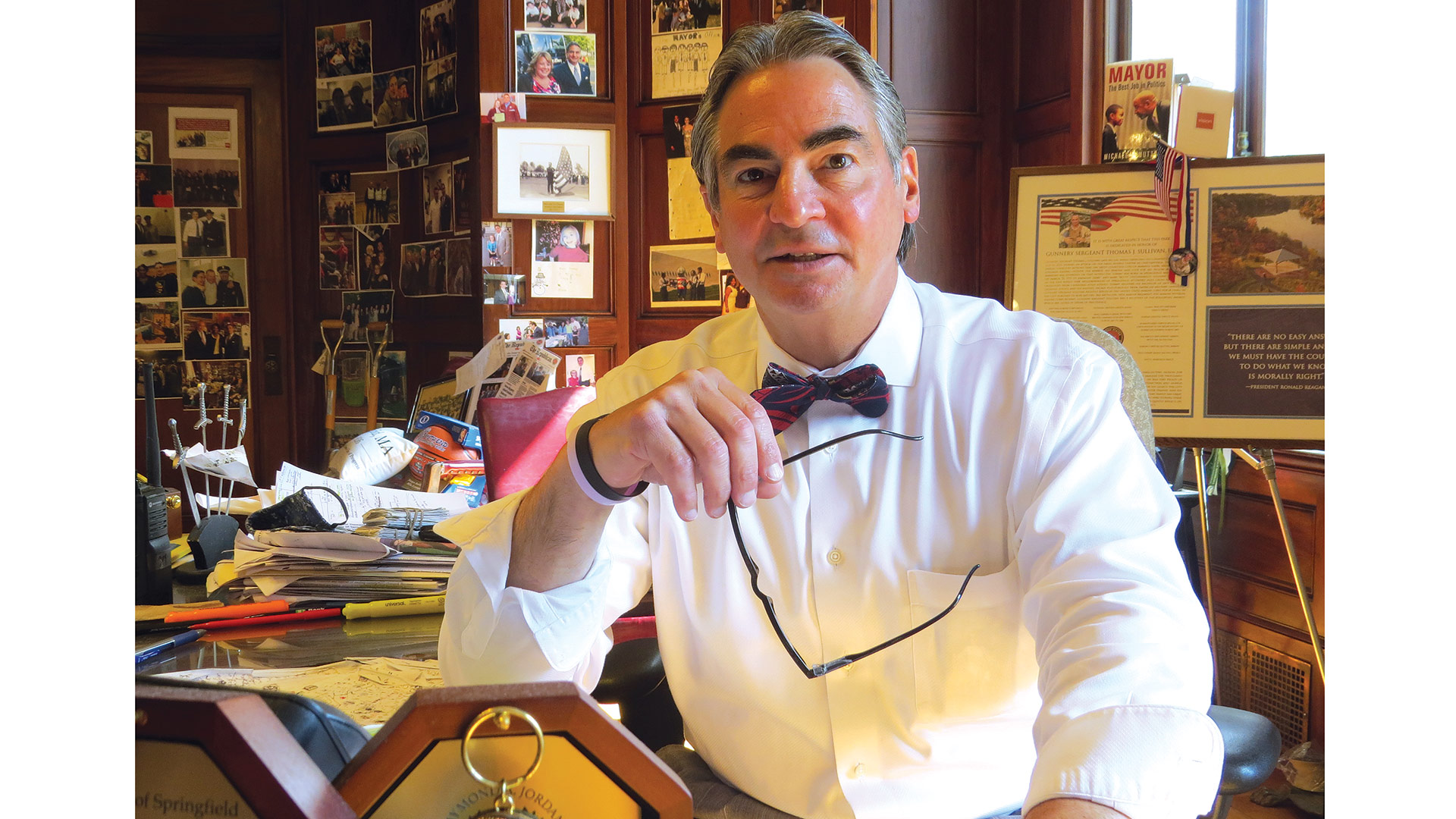
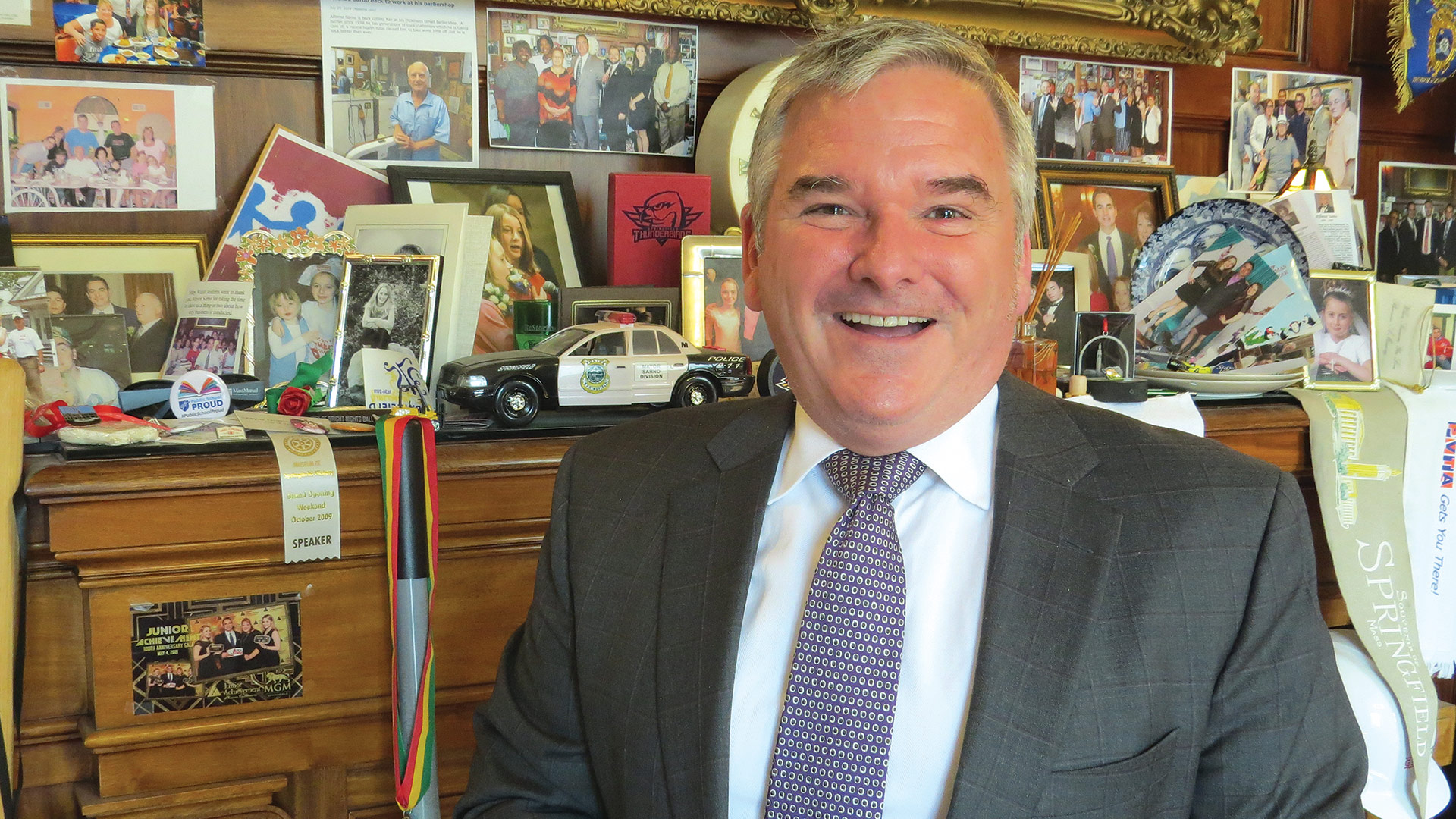
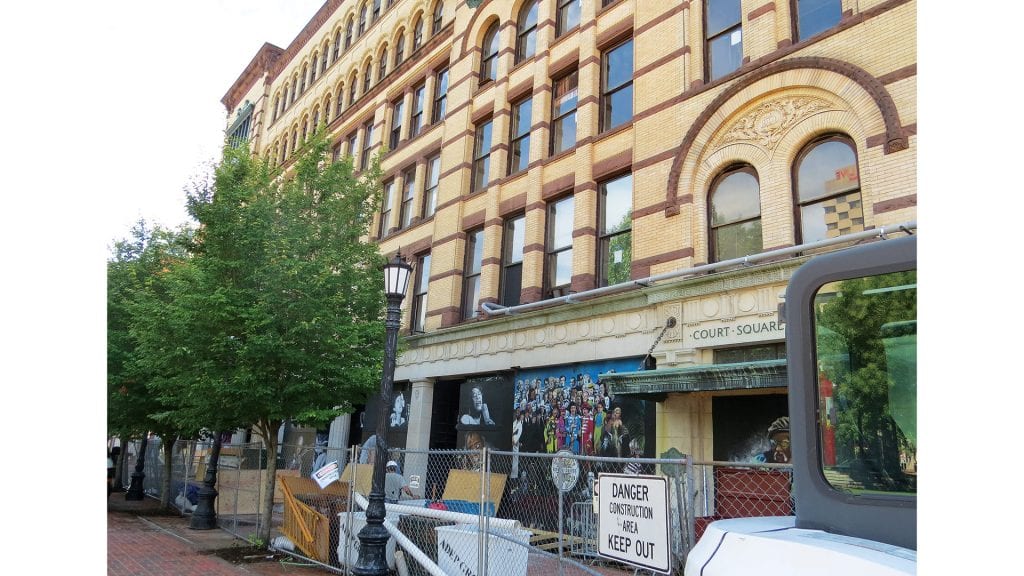


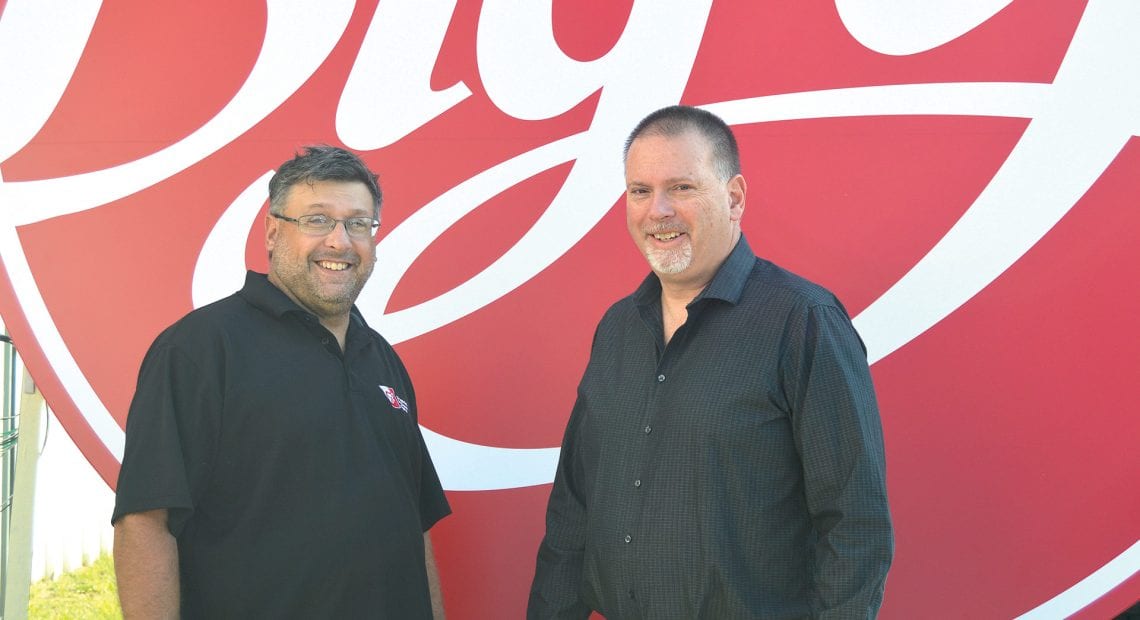

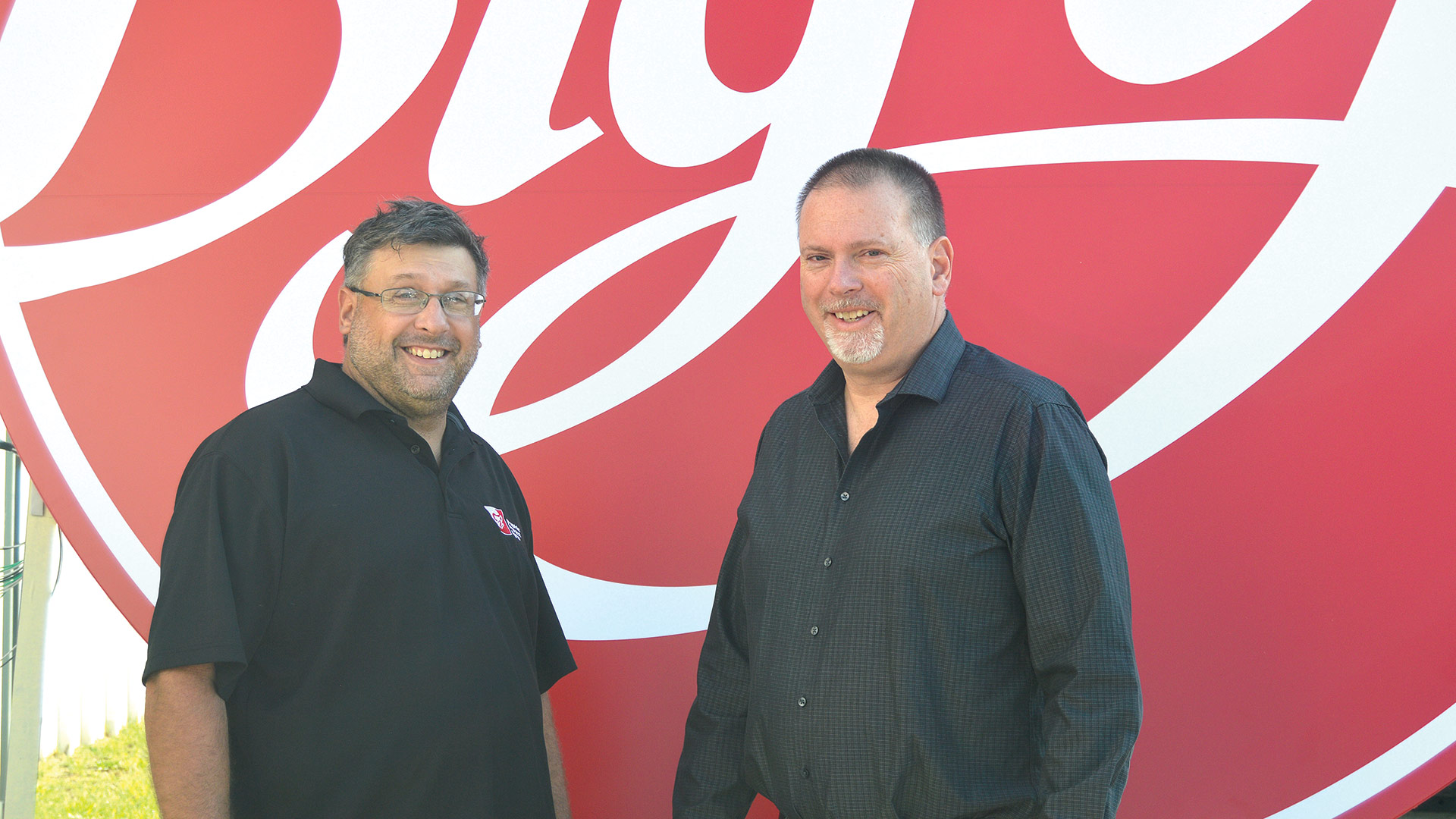
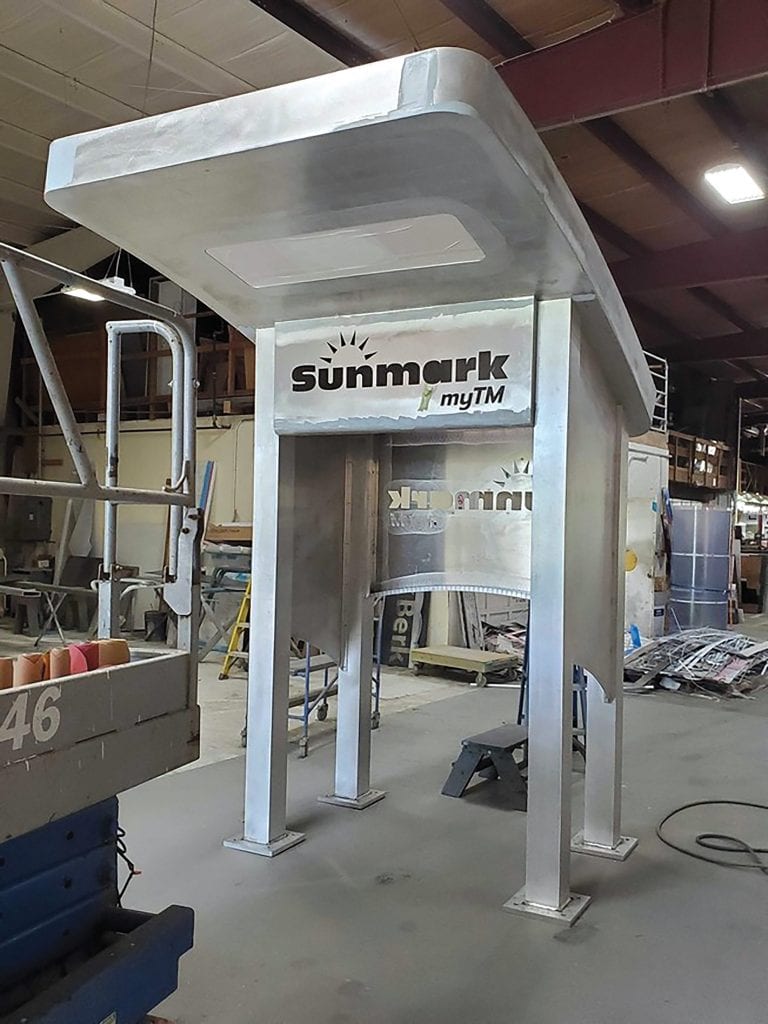




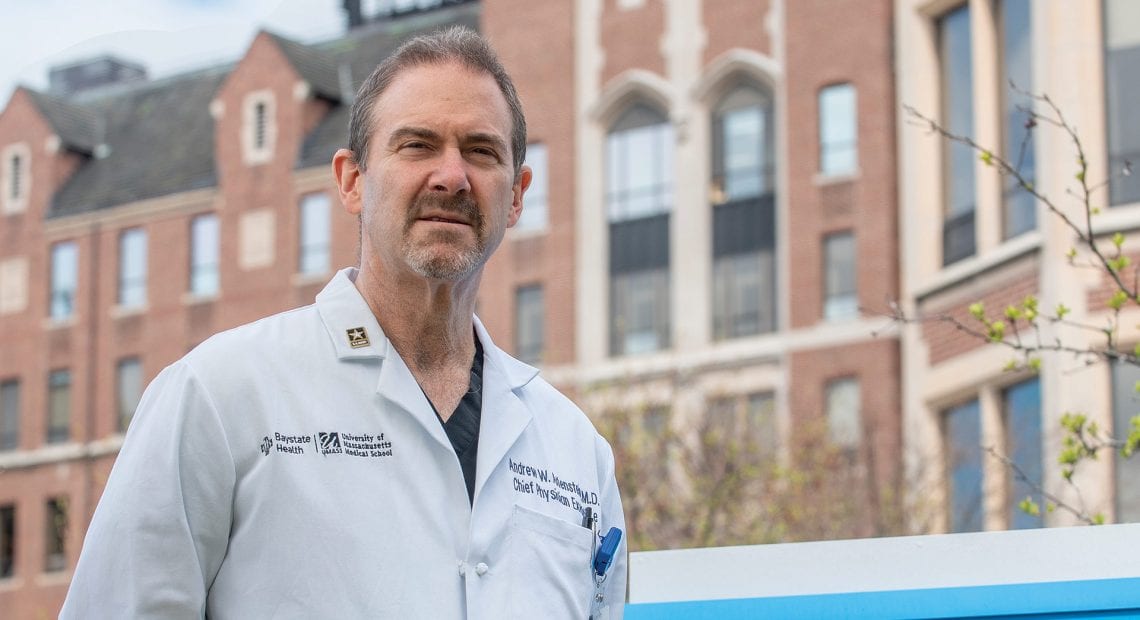
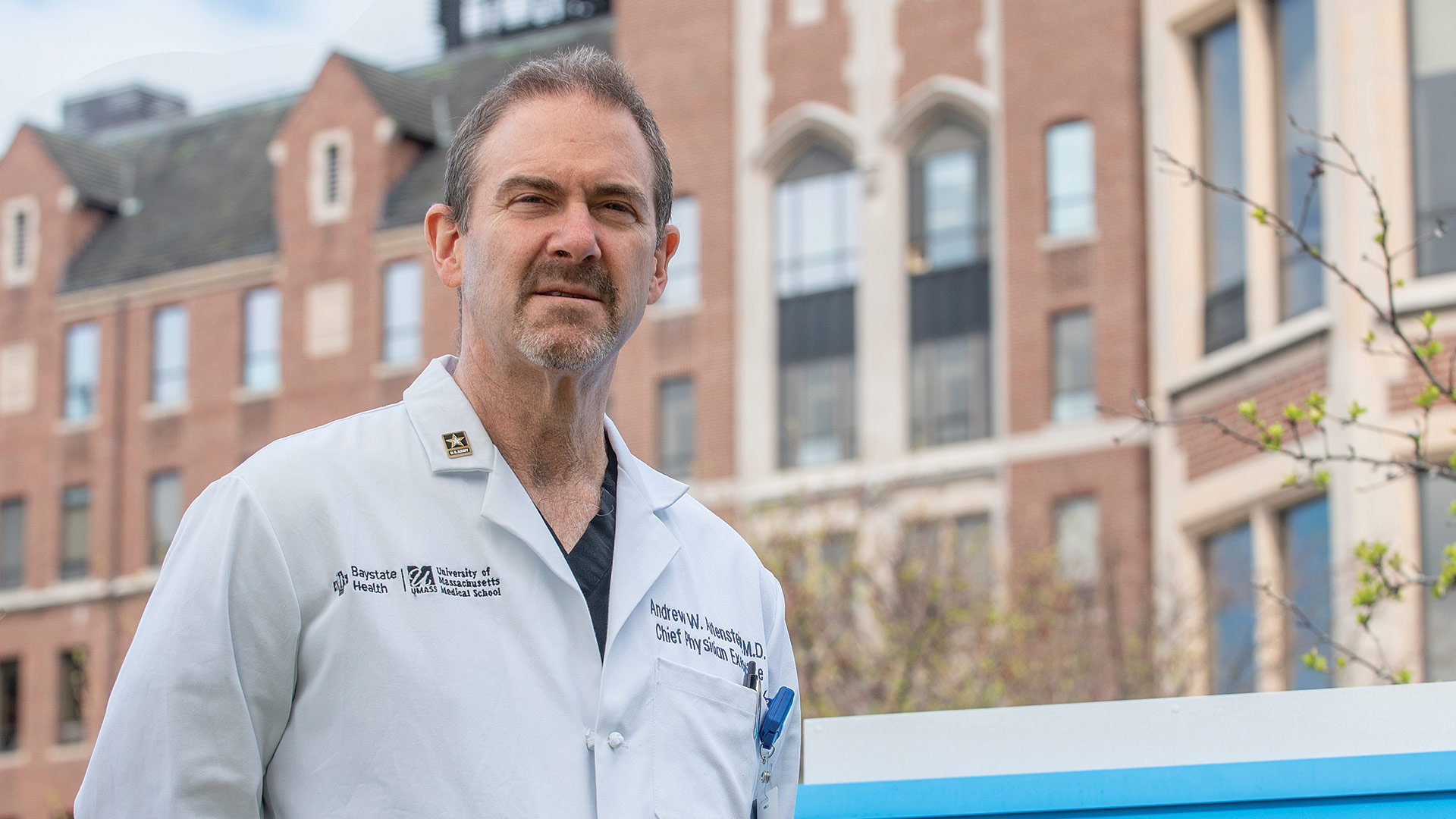
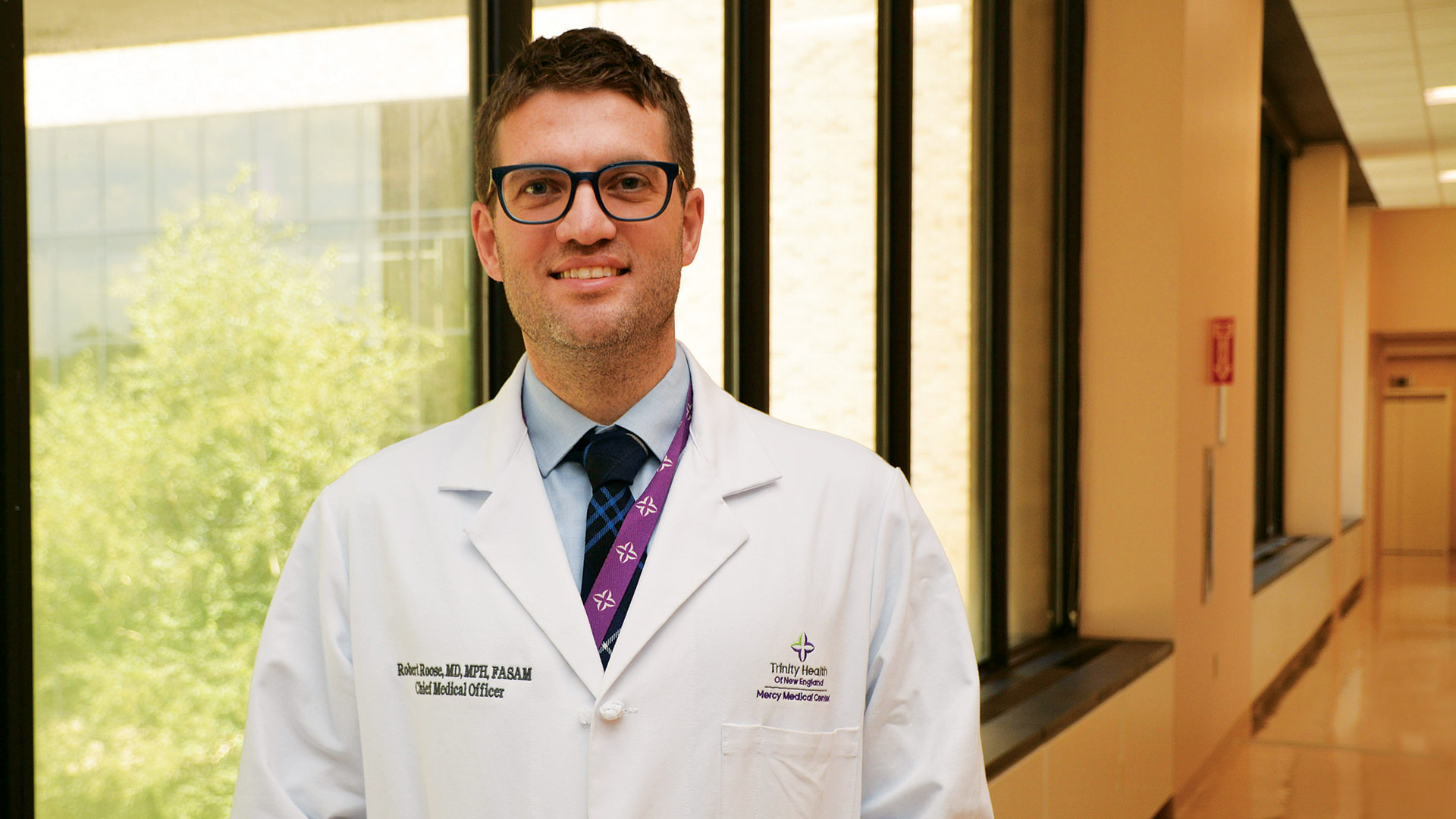

 After more than two months of a widespread economic shutdown, Massachusetts is opening its economy again — sort of. The plan, announced by Gov. Charlie Baker on May 18, allows some businesses to open their doors under tight health restrictions, while others — including restaurants, spas, and most retail — have to wait longer to invite the public inside. What’s got businesses frustrated is not knowing exactly when their turn will come — and the financial impact they continue to endure every week they have to wait.
After more than two months of a widespread economic shutdown, Massachusetts is opening its economy again — sort of. The plan, announced by Gov. Charlie Baker on May 18, allows some businesses to open their doors under tight health restrictions, while others — including restaurants, spas, and most retail — have to wait longer to invite the public inside. What’s got businesses frustrated is not knowing exactly when their turn will come — and the financial impact they continue to endure every week they have to wait.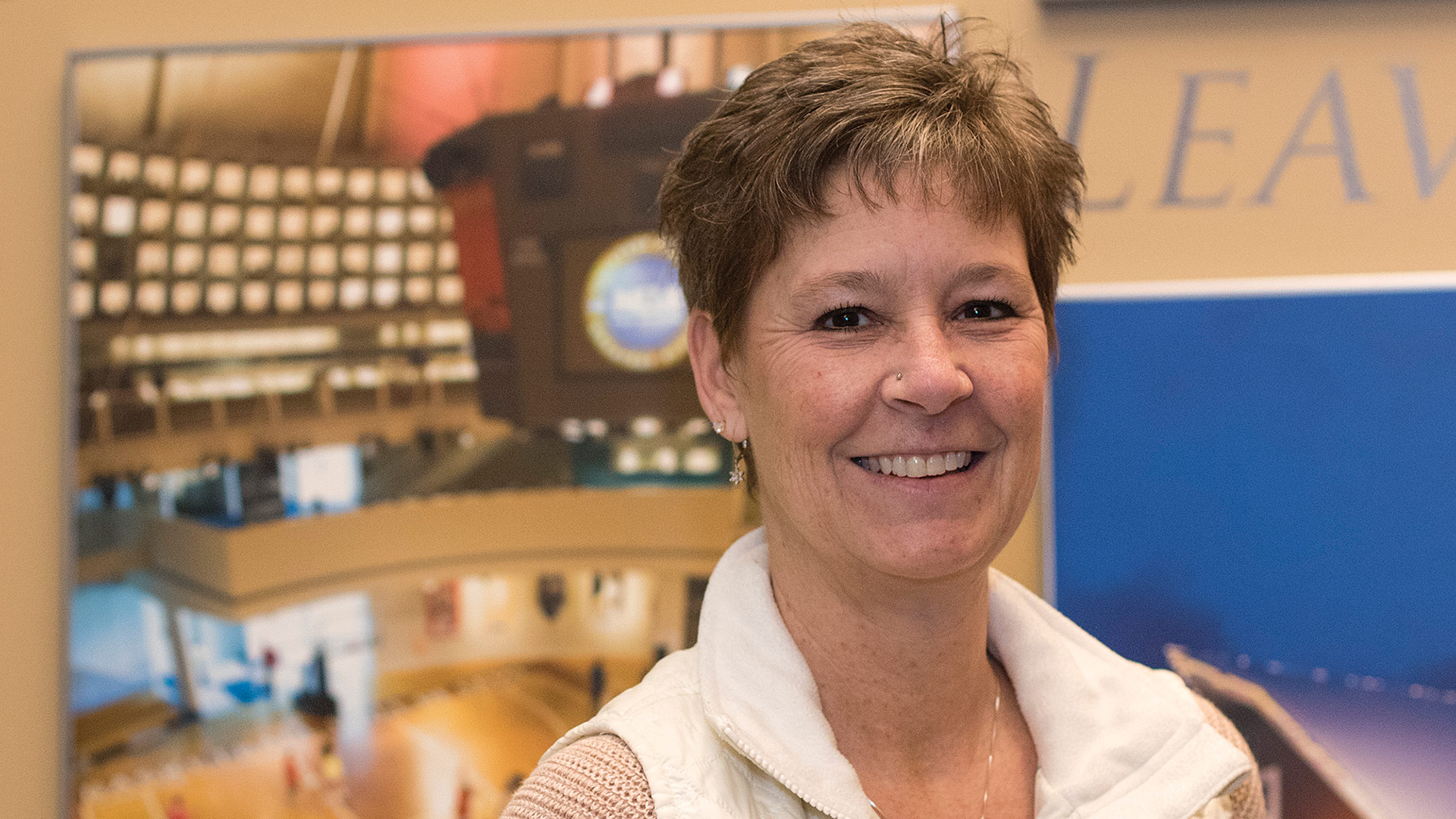









 President Trump has made no secret of his hope that a series of tariffs on goods from China and other countries will eventually force a more favorable balance of trade for the U.S. But in the meantime, the escalating trade war has posed very real, often negative impacts for manufacturers, particularly in the form of higher costs and a general sense of uncertainty that makes it difficult to pursue growth. And no one seems to have any idea when the situation will ease up.
President Trump has made no secret of his hope that a series of tariffs on goods from China and other countries will eventually force a more favorable balance of trade for the U.S. But in the meantime, the escalating trade war has posed very real, often negative impacts for manufacturers, particularly in the form of higher costs and a general sense of uncertainty that makes it difficult to pursue growth. And no one seems to have any idea when the situation will ease up.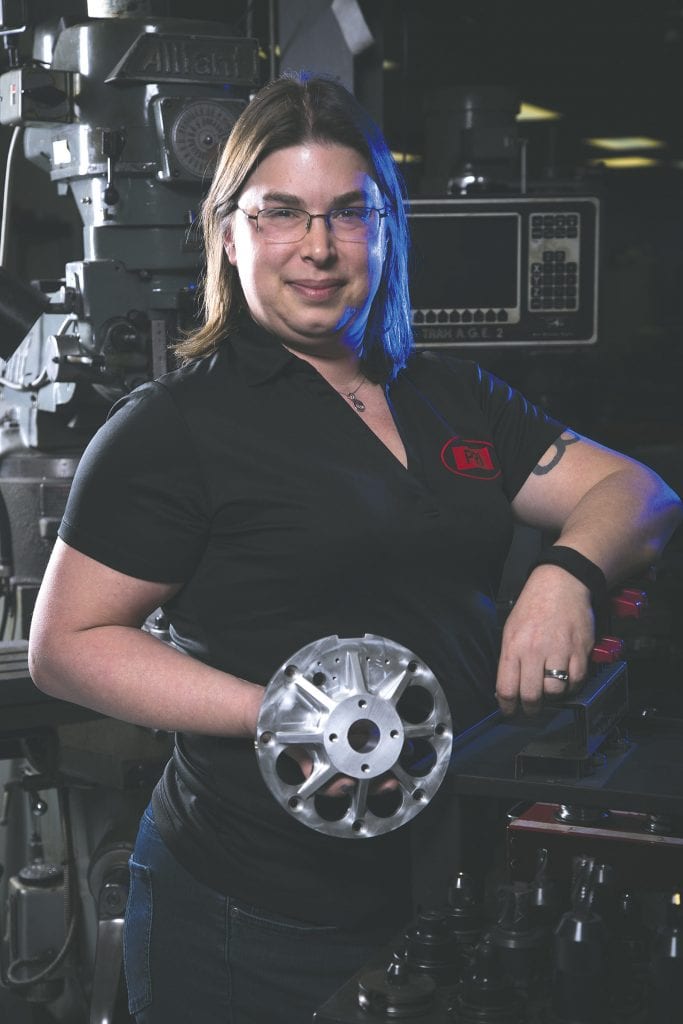
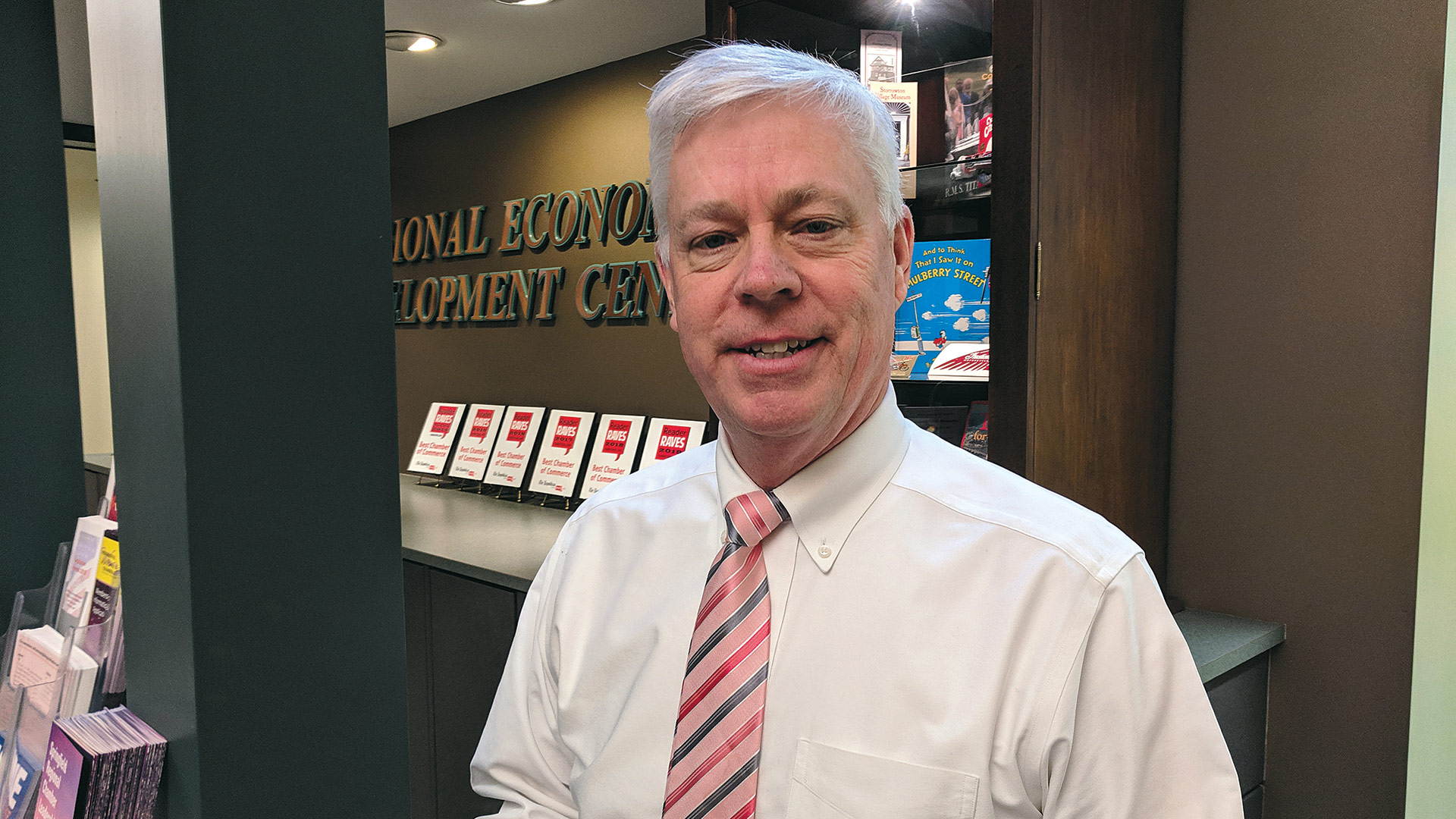
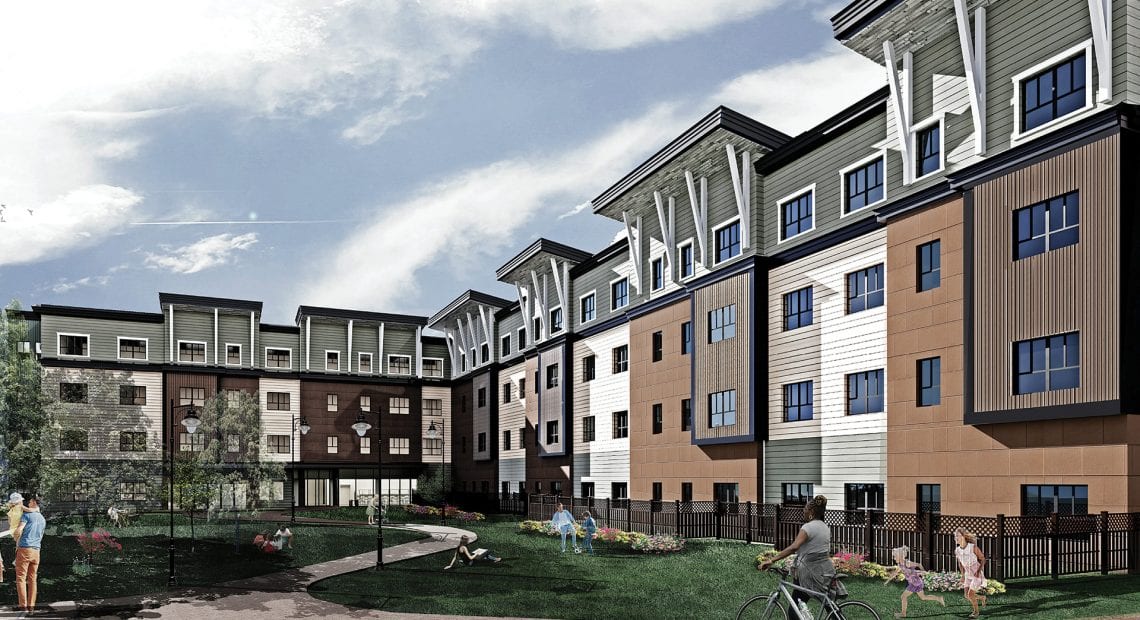

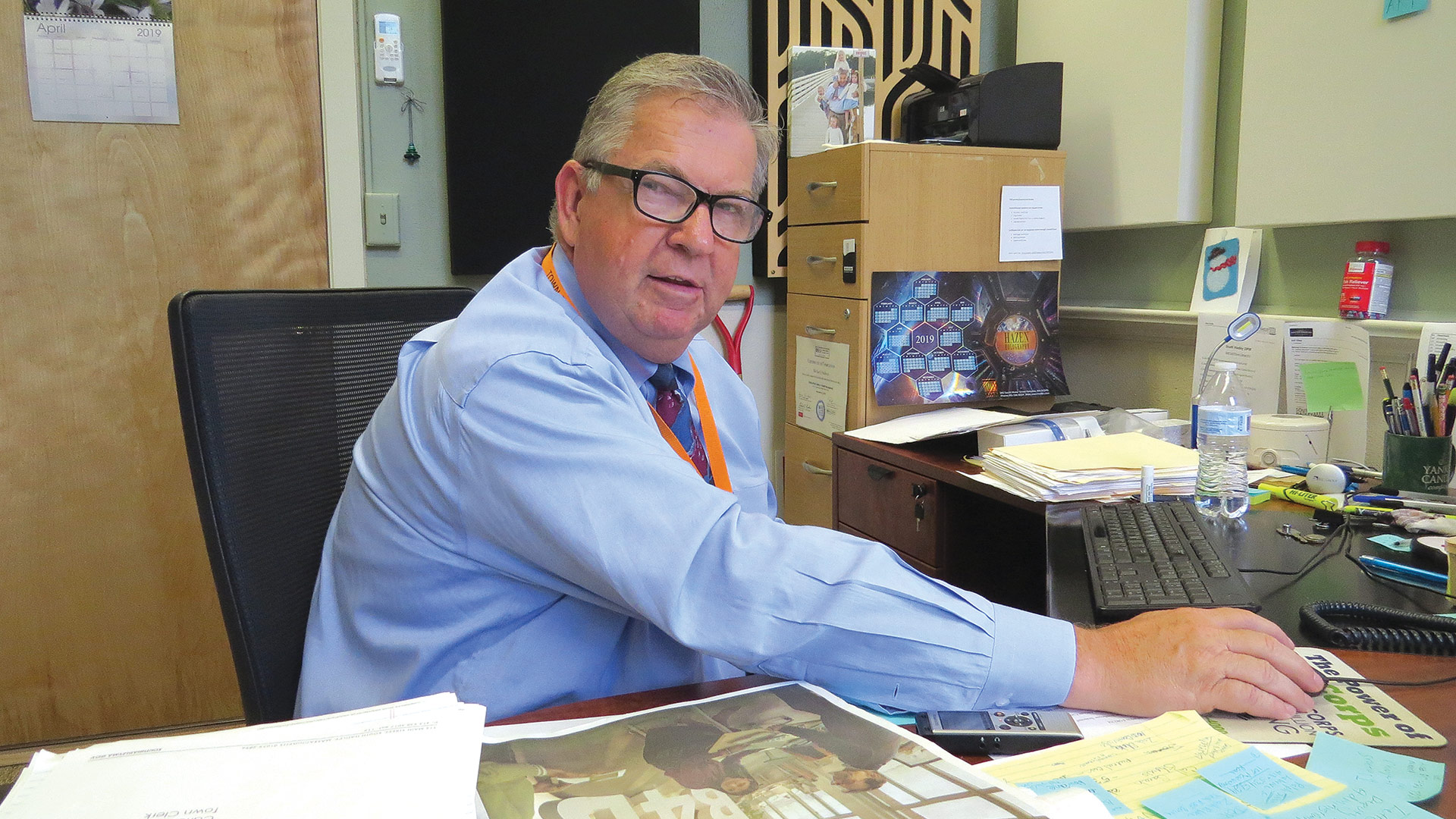

 After recreational marijuana use became legal in Massachusetts in 2016, the expectation was that retail stores would pop up quickly within a couple of years. That hasn’t happened, as the state — and host communities — have taken a deliberately measured approach to permitting. But with early returns strong from a few shops, and towns reporting solid tax benefits and no real community disruption, the pace of openings should begin to increase — and so will the economic benefits of this new industry.
After recreational marijuana use became legal in Massachusetts in 2016, the expectation was that retail stores would pop up quickly within a couple of years. That hasn’t happened, as the state — and host communities — have taken a deliberately measured approach to permitting. But with early returns strong from a few shops, and towns reporting solid tax benefits and no real community disruption, the pace of openings should begin to increase — and so will the economic benefits of this new industry.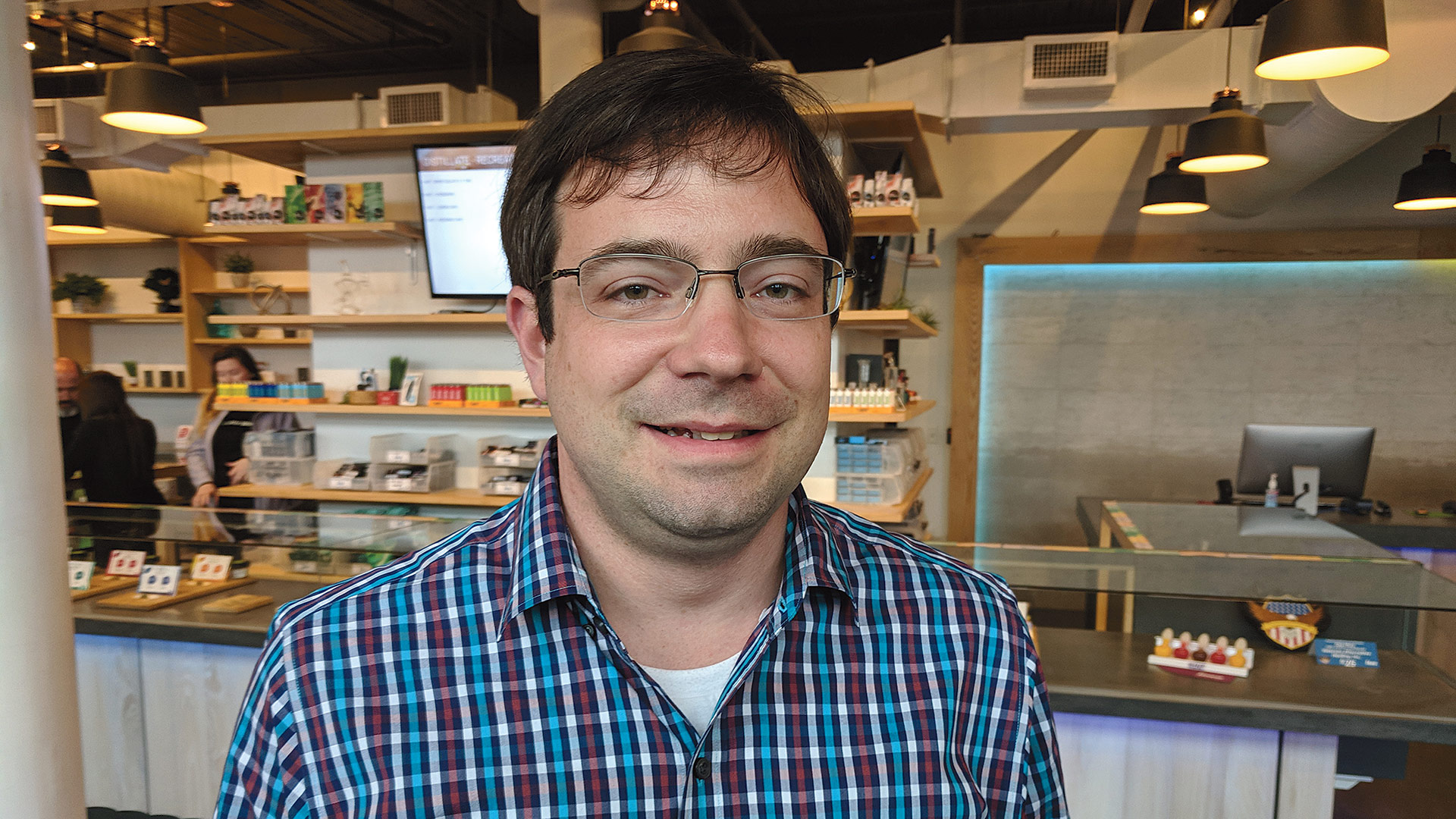
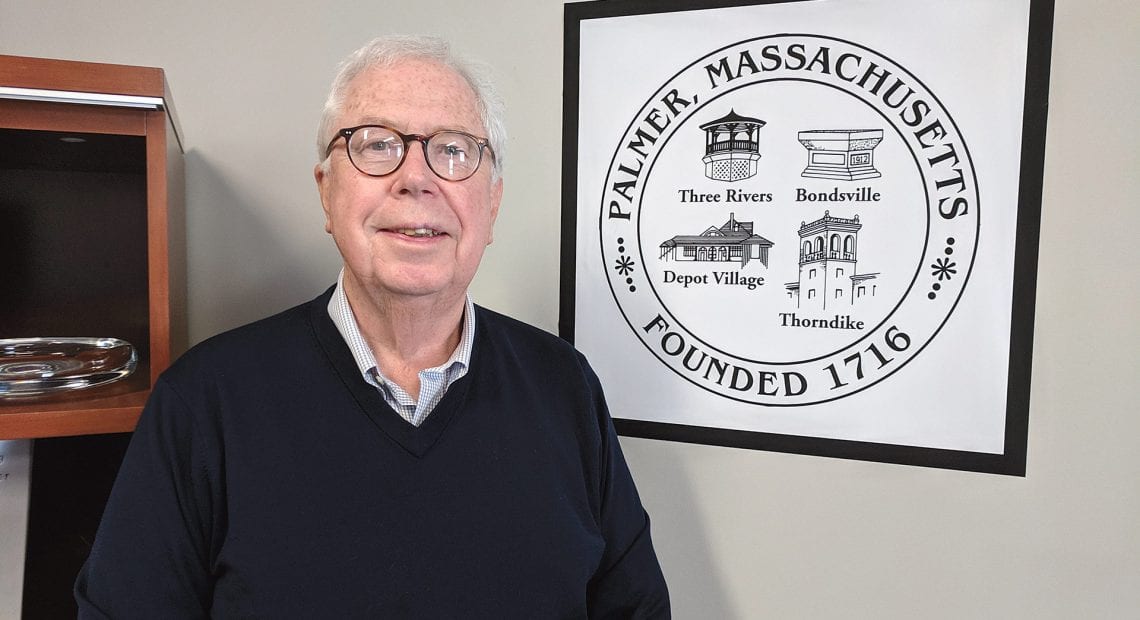
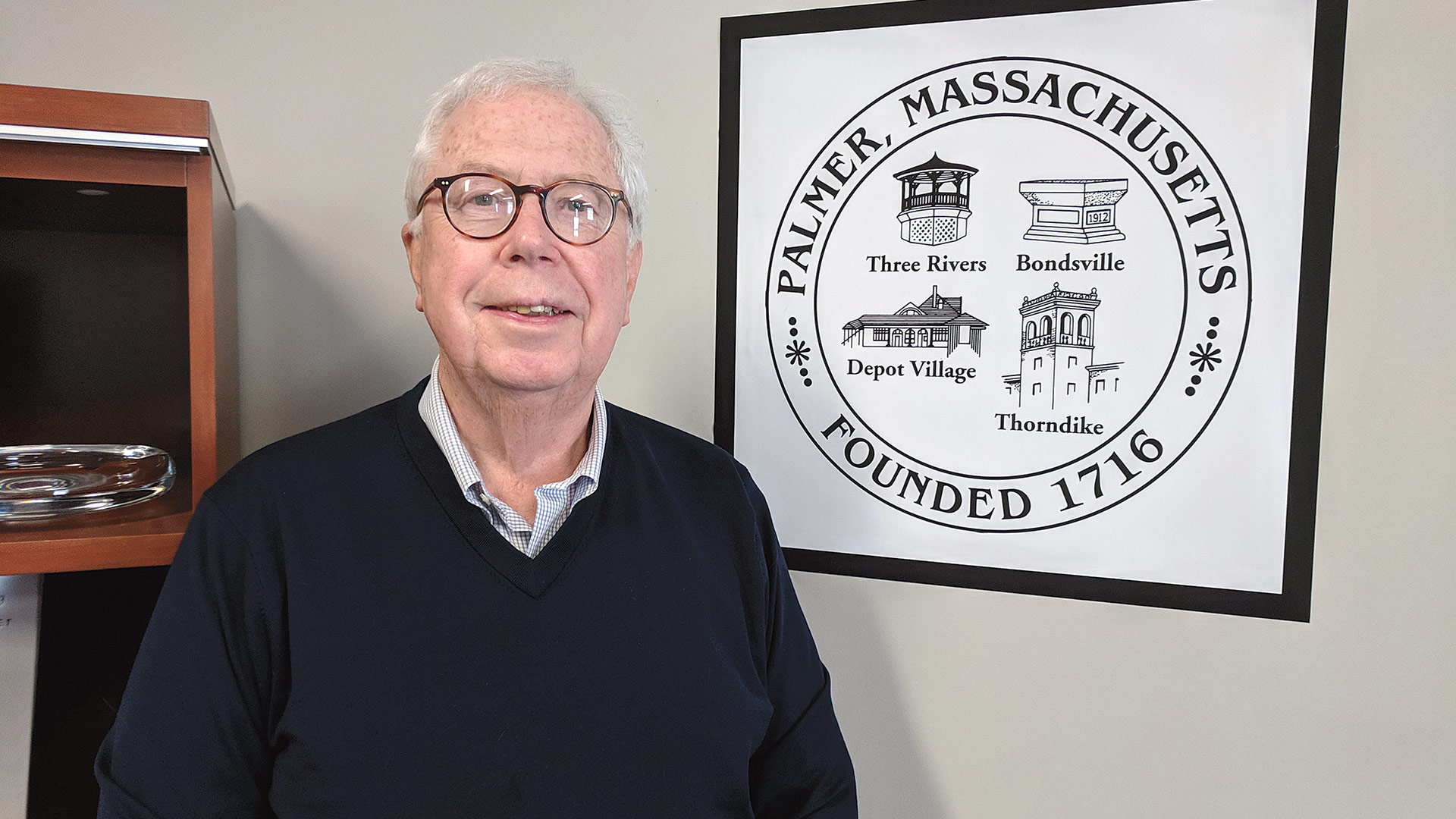


 Gov. Charlie Baker announced that the
Gov. Charlie Baker announced that the 


